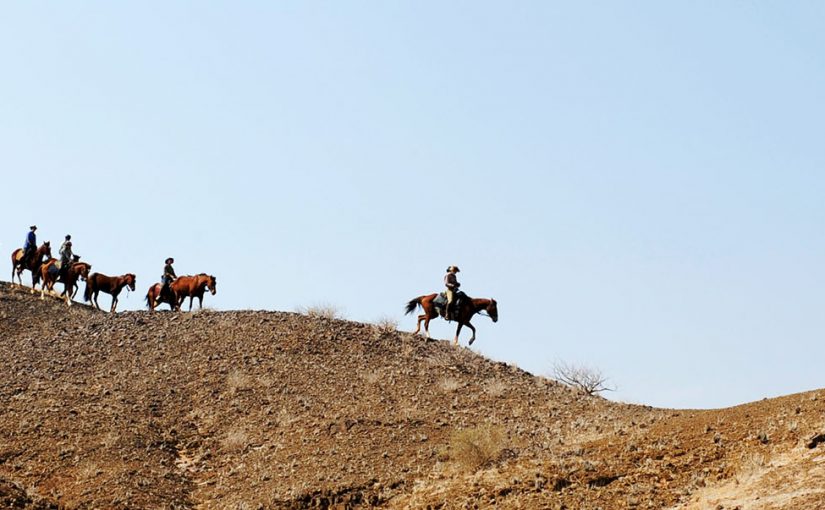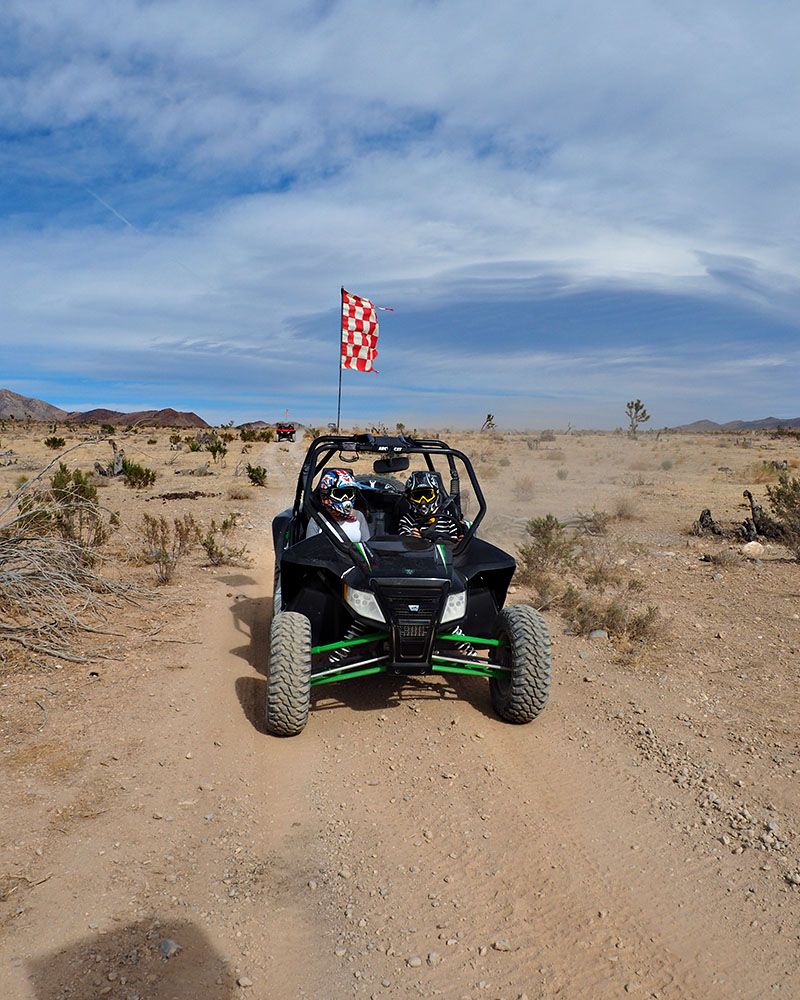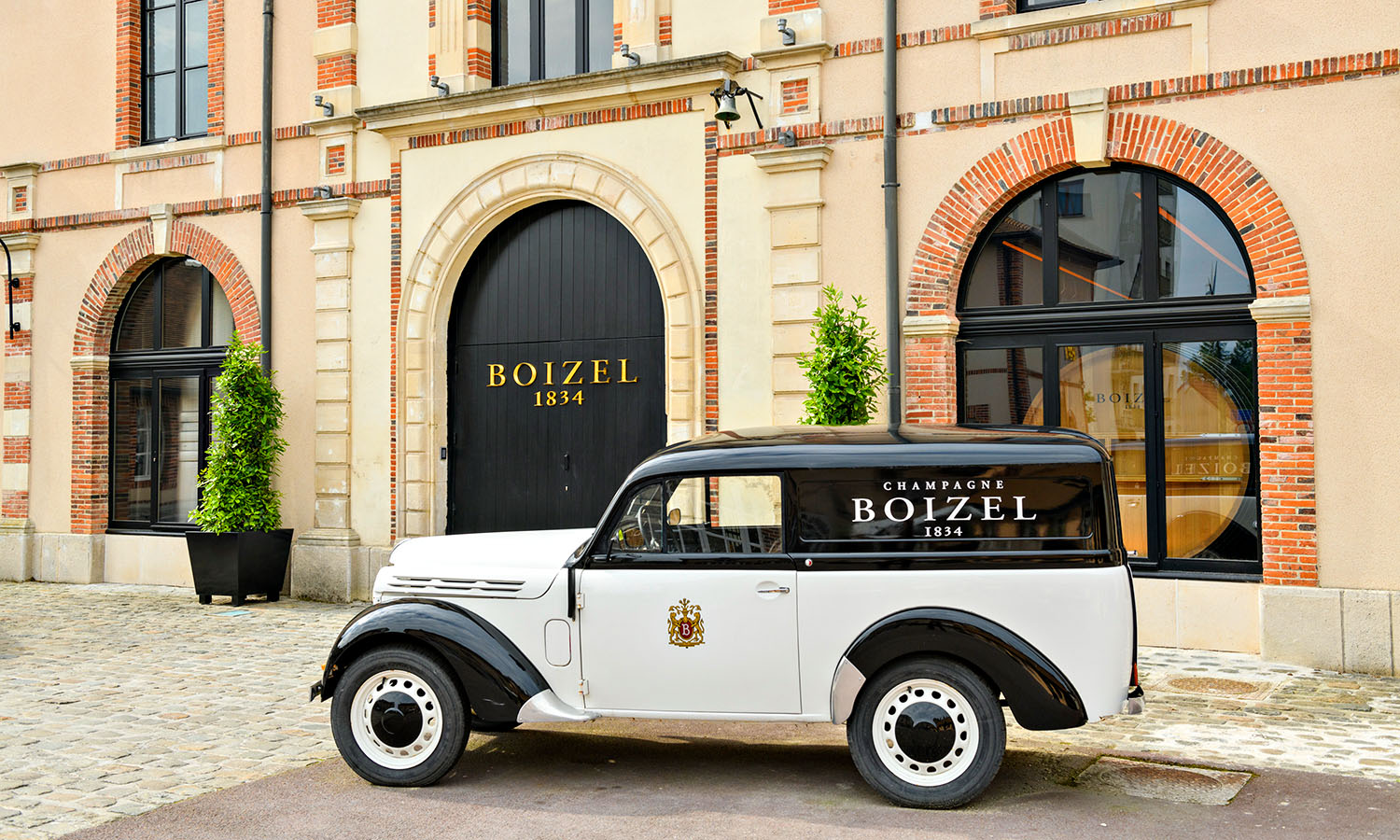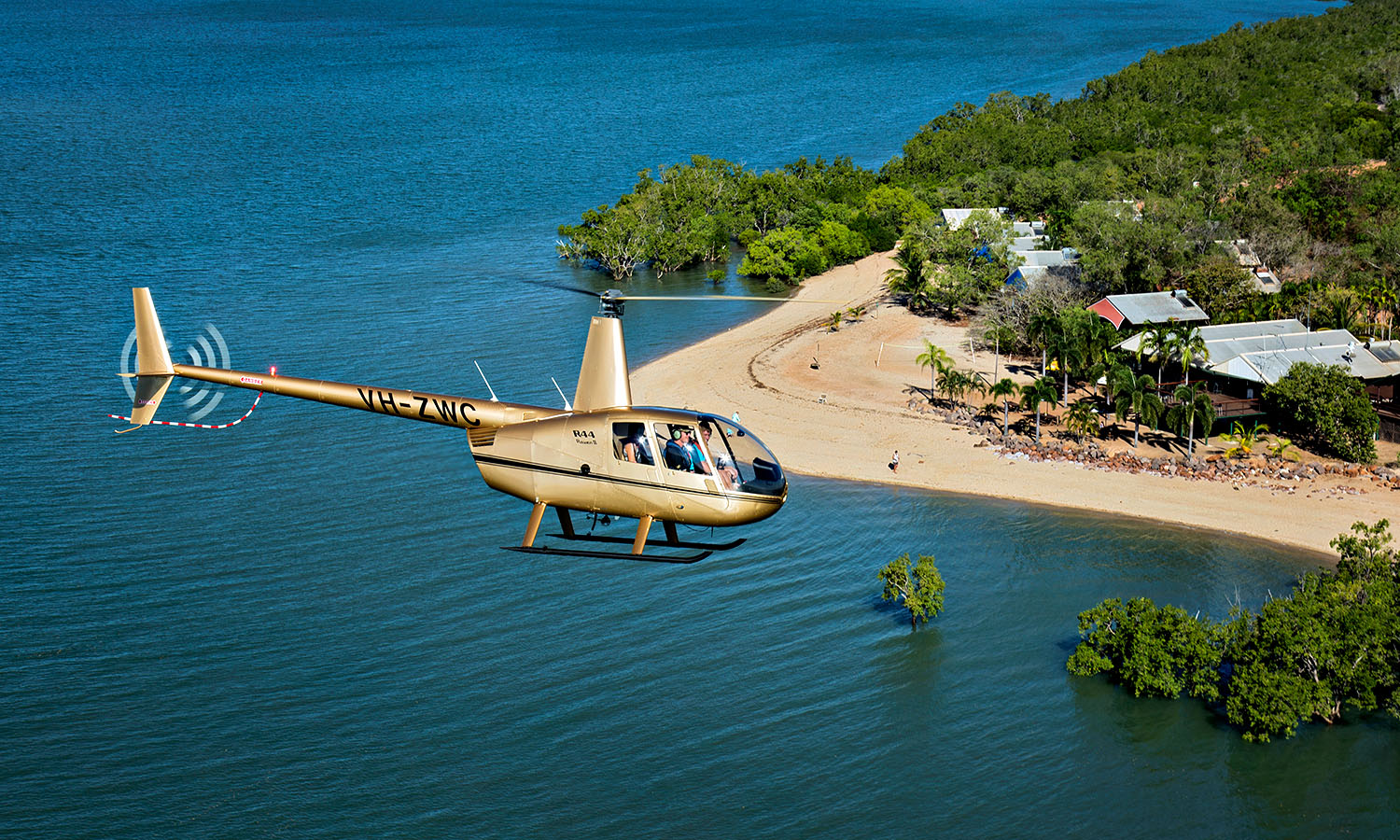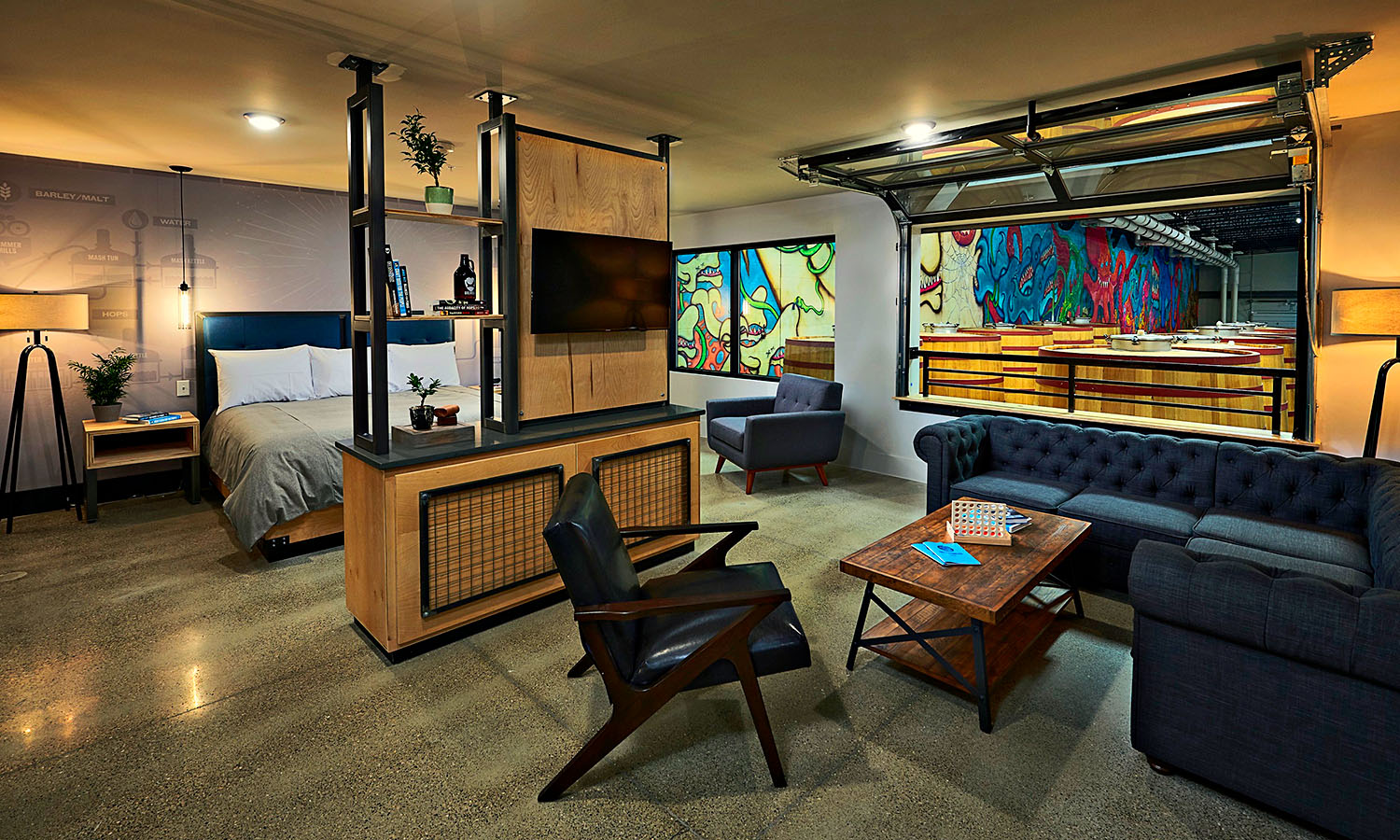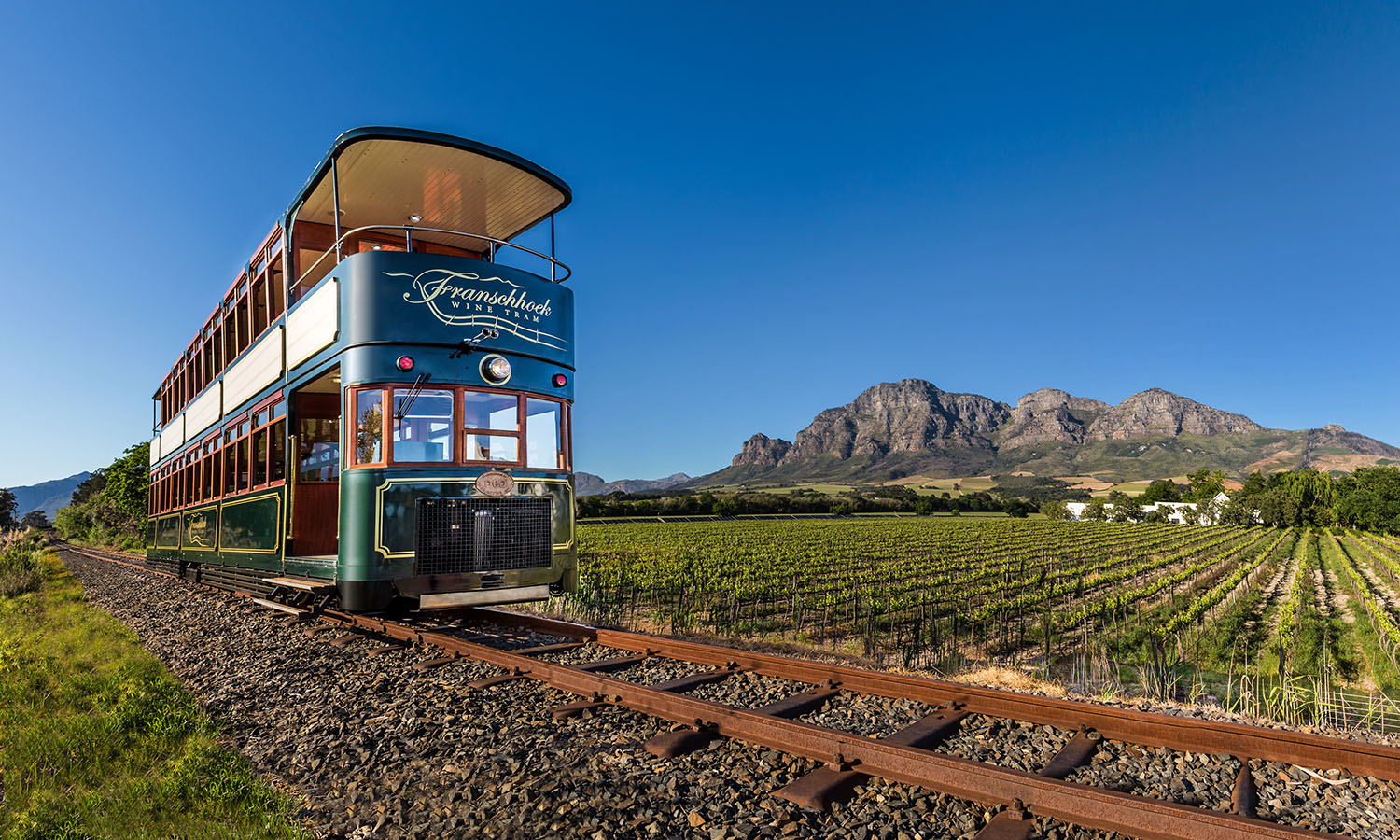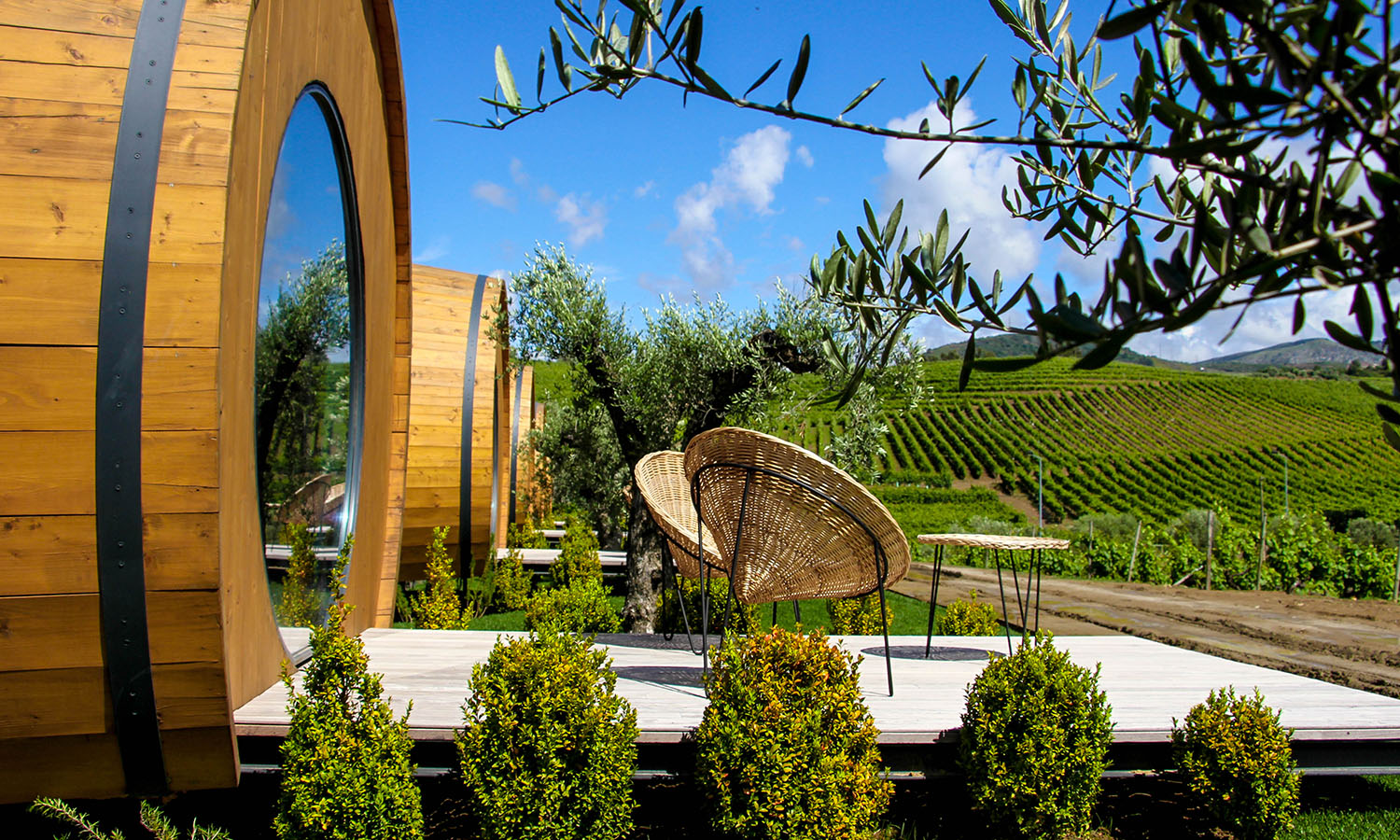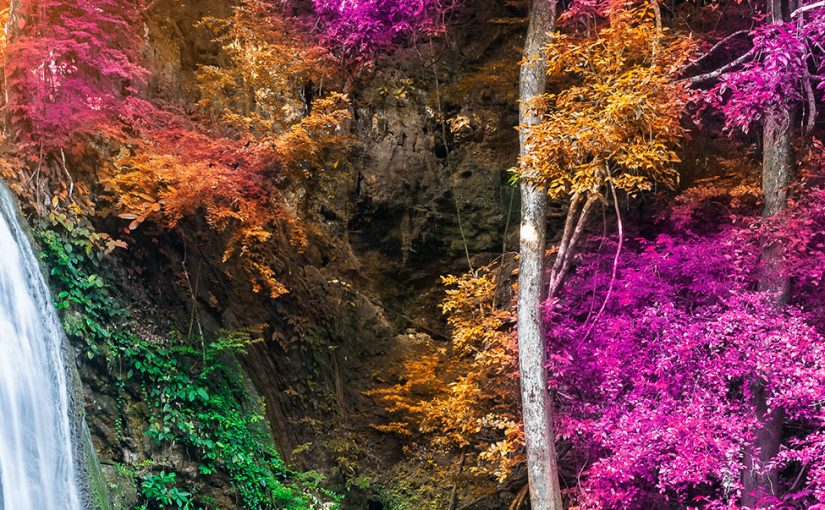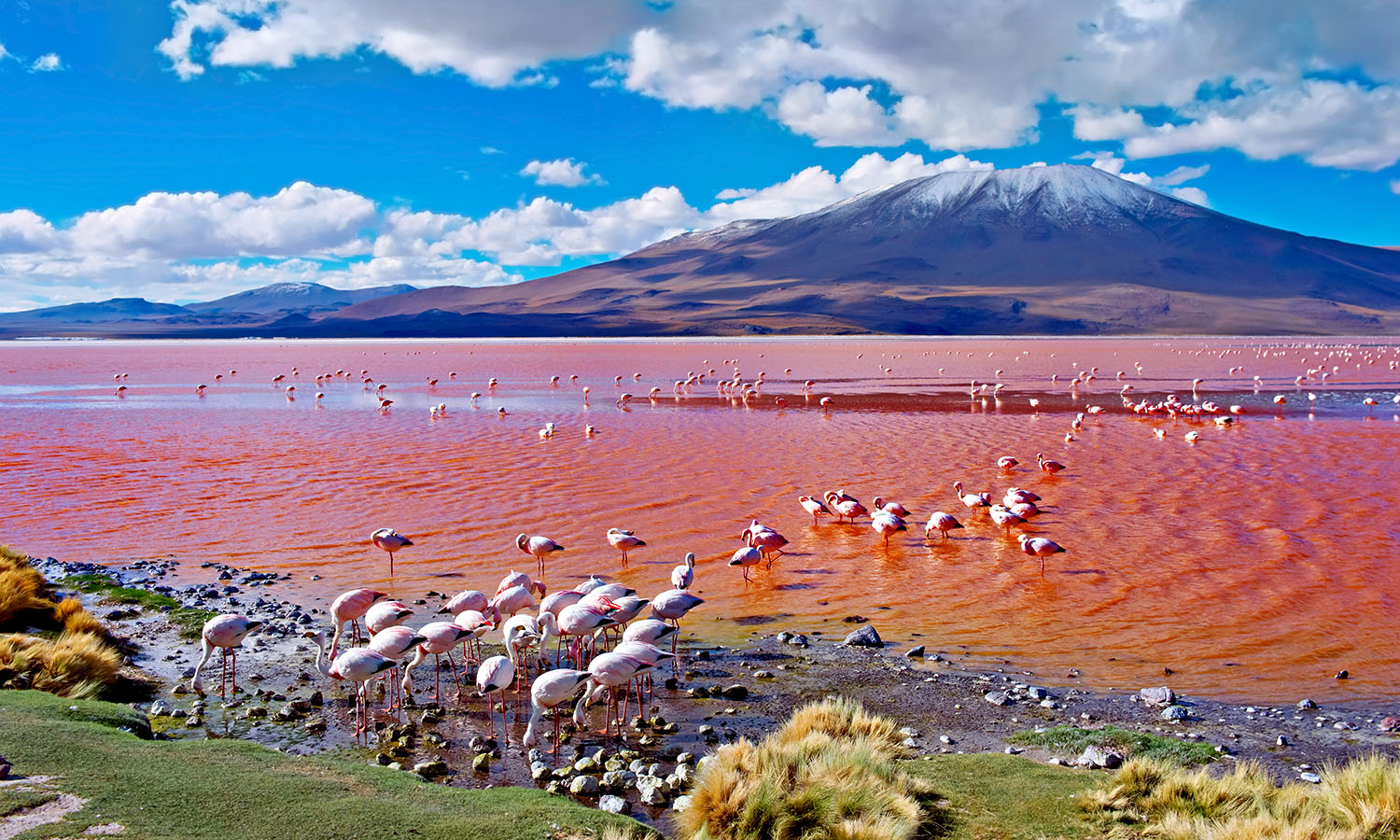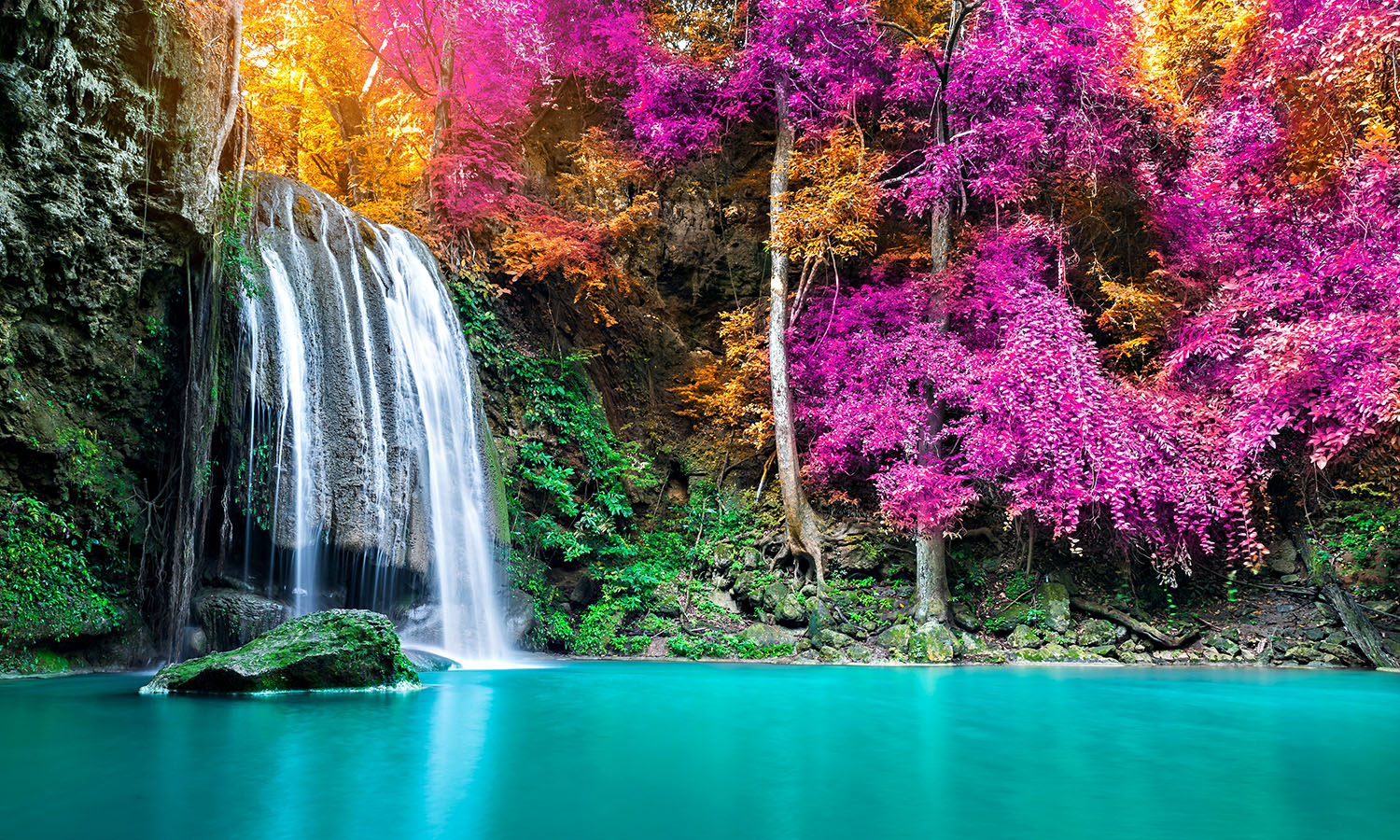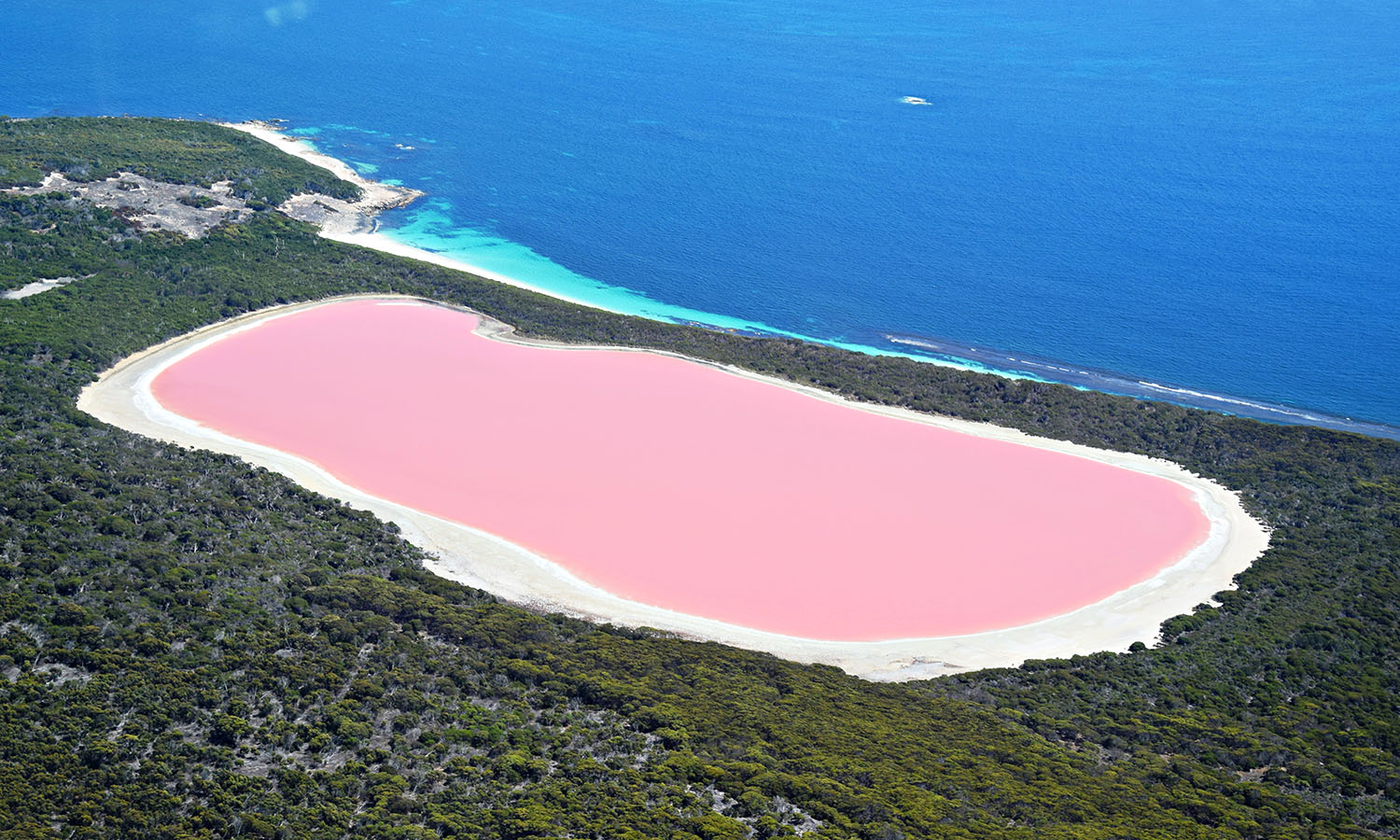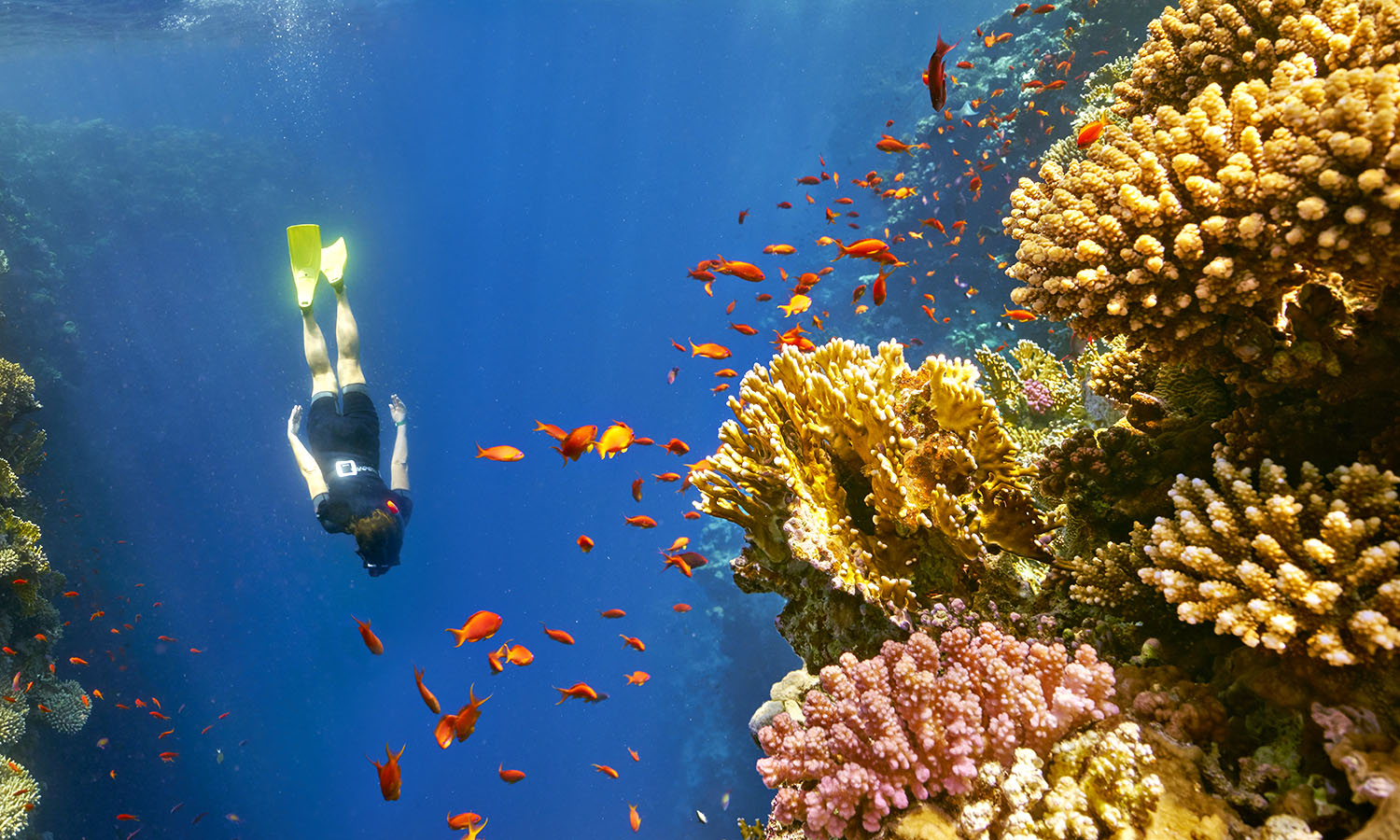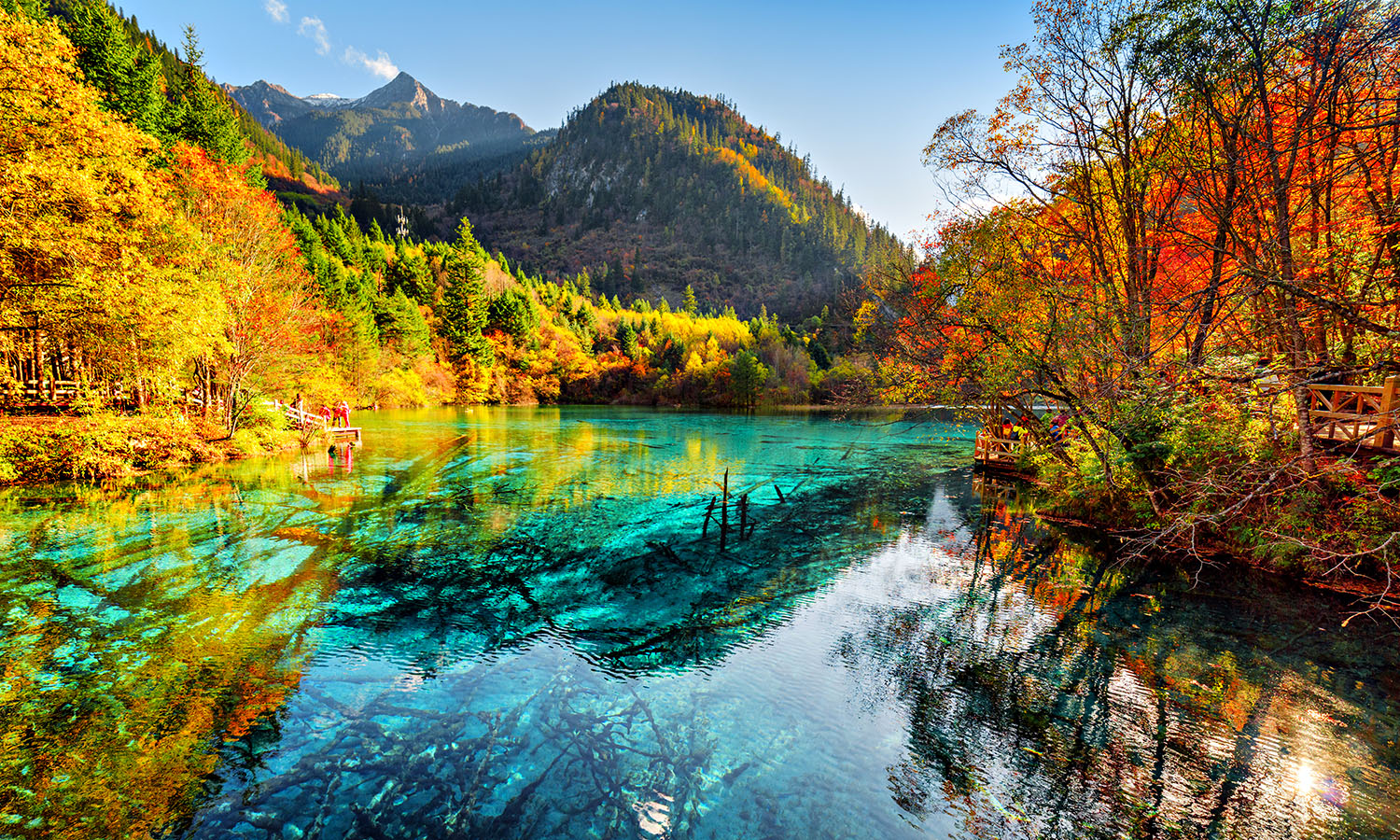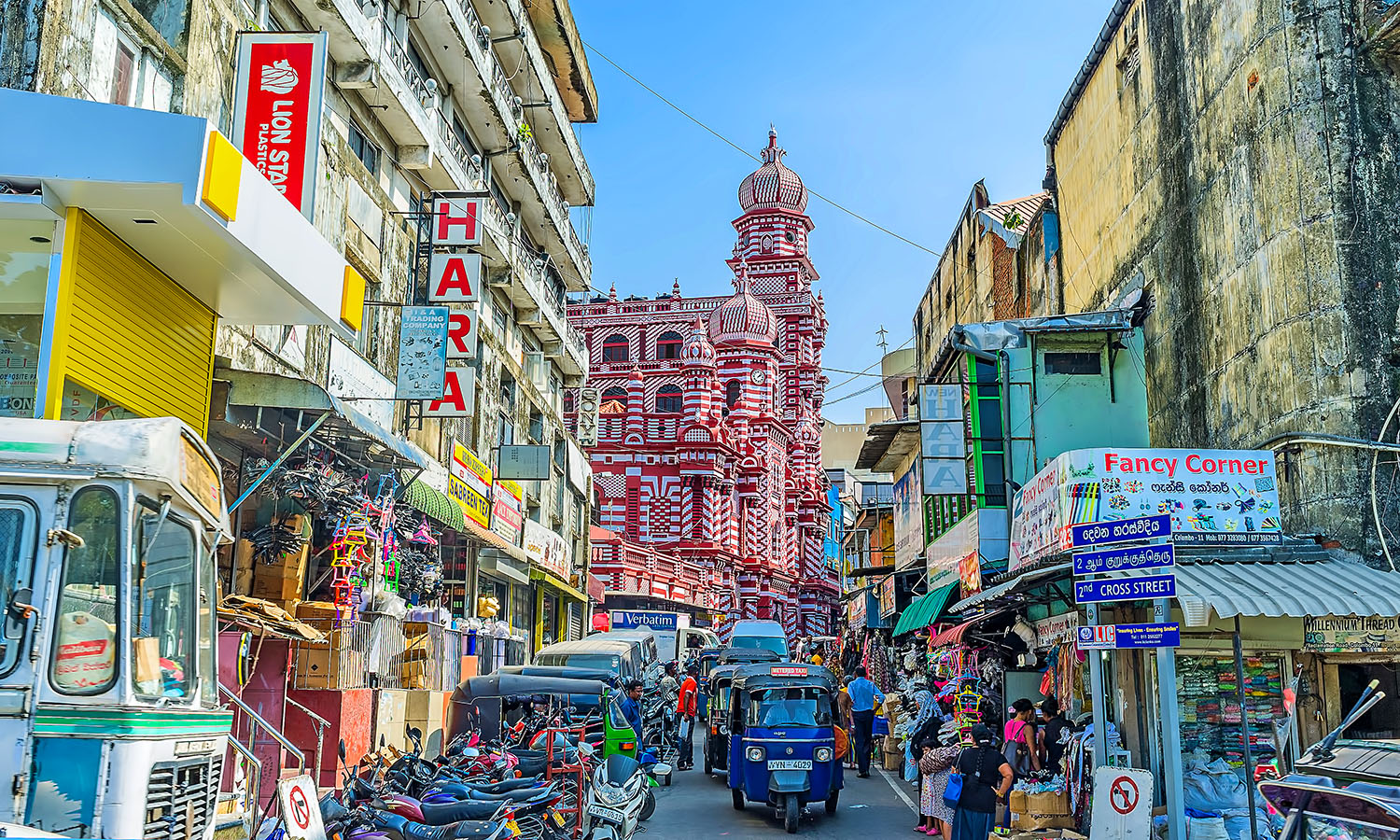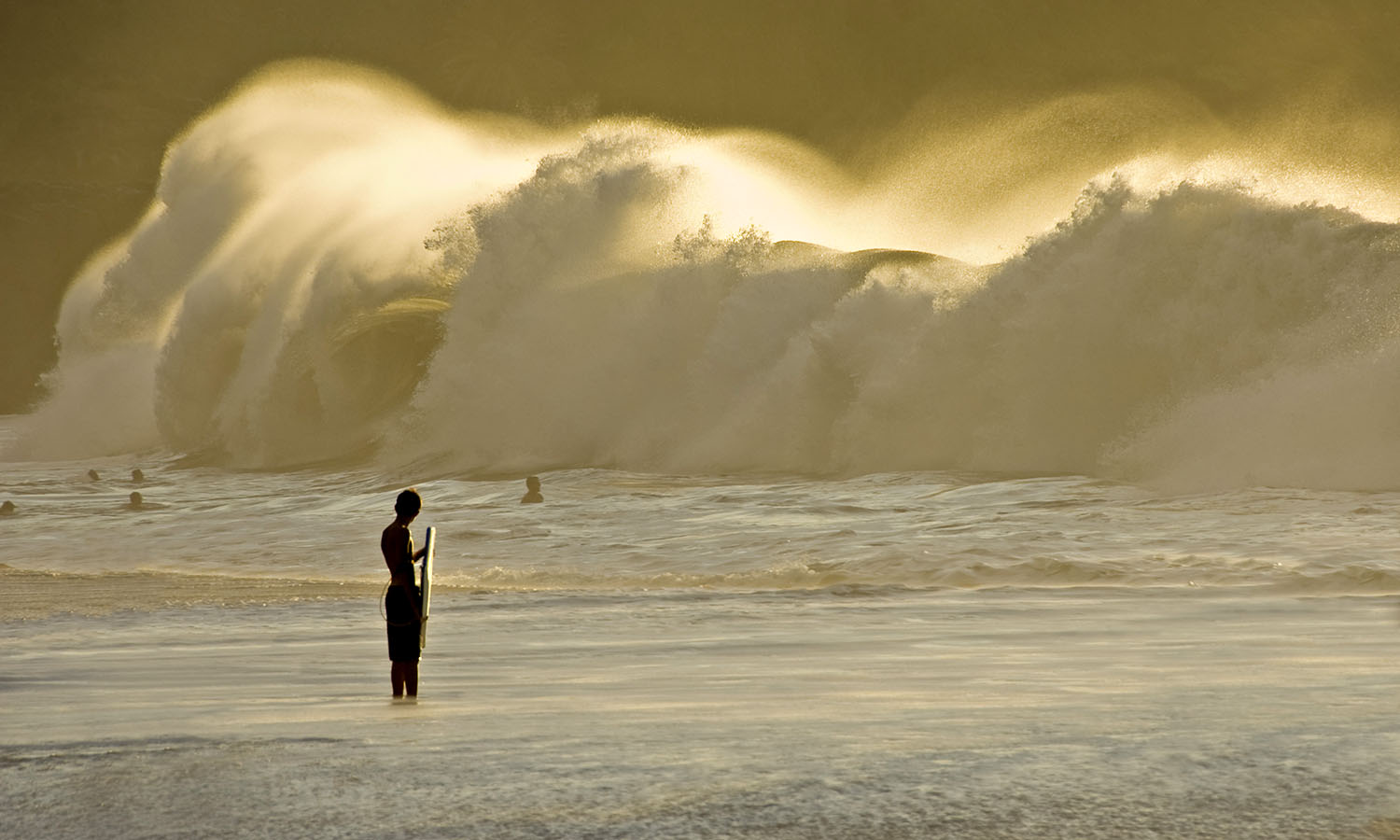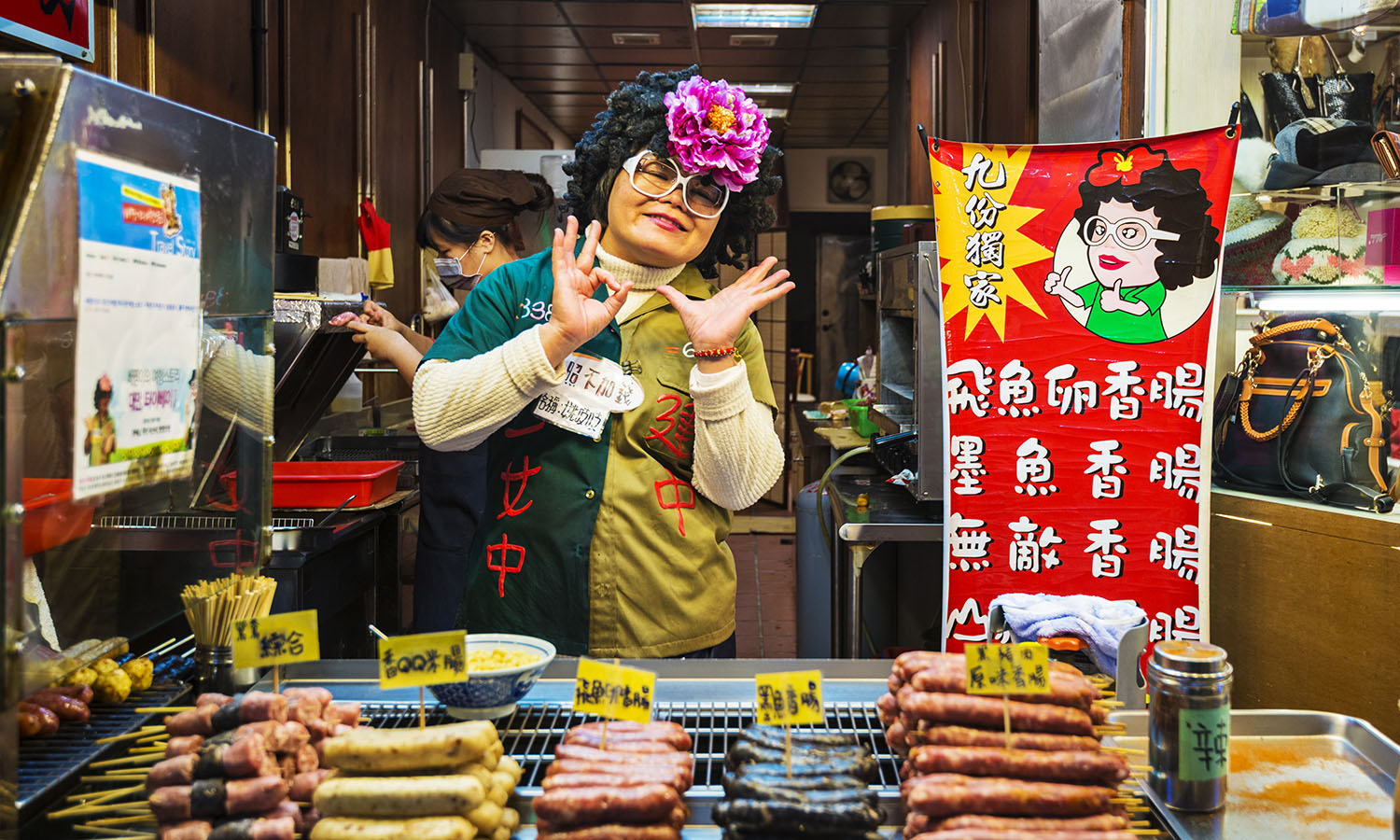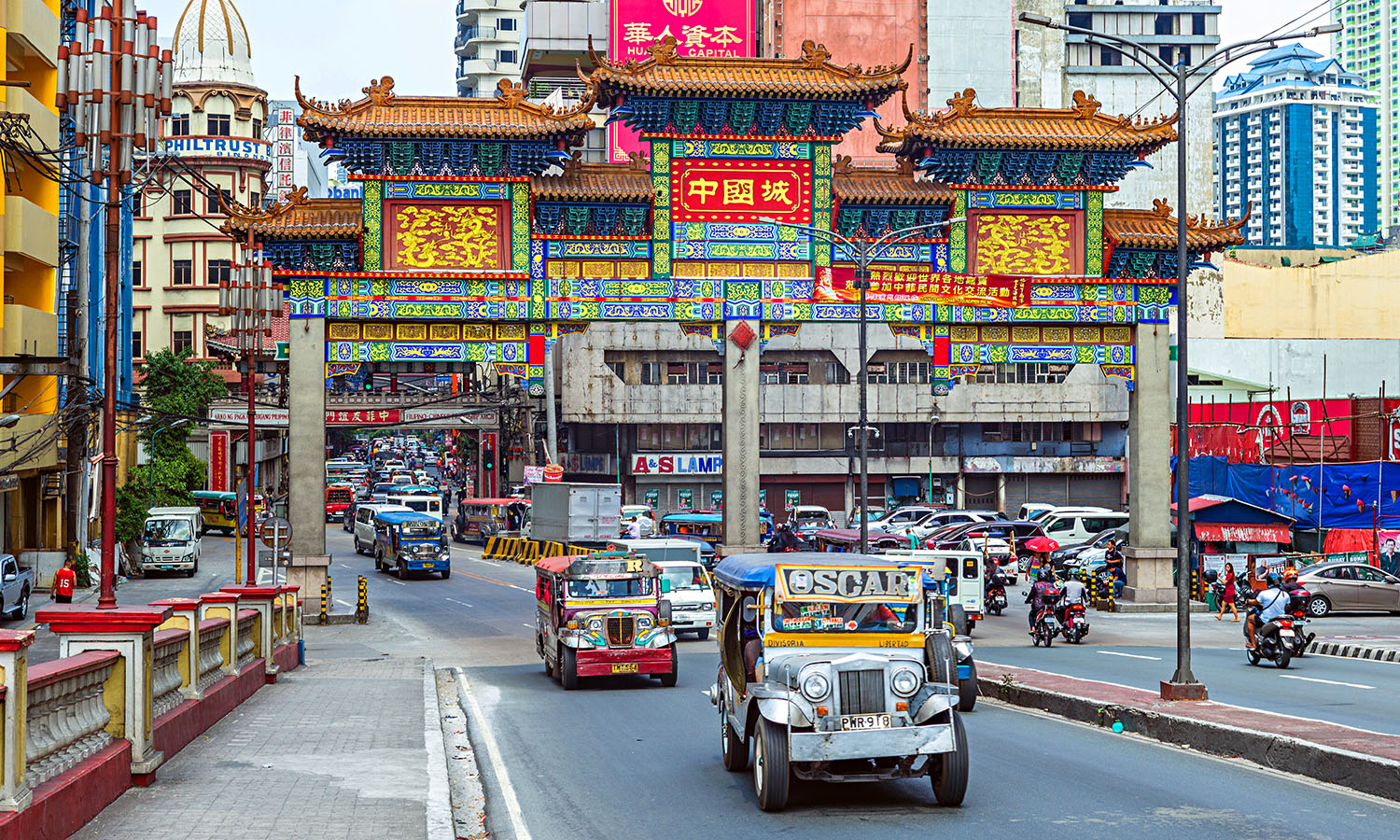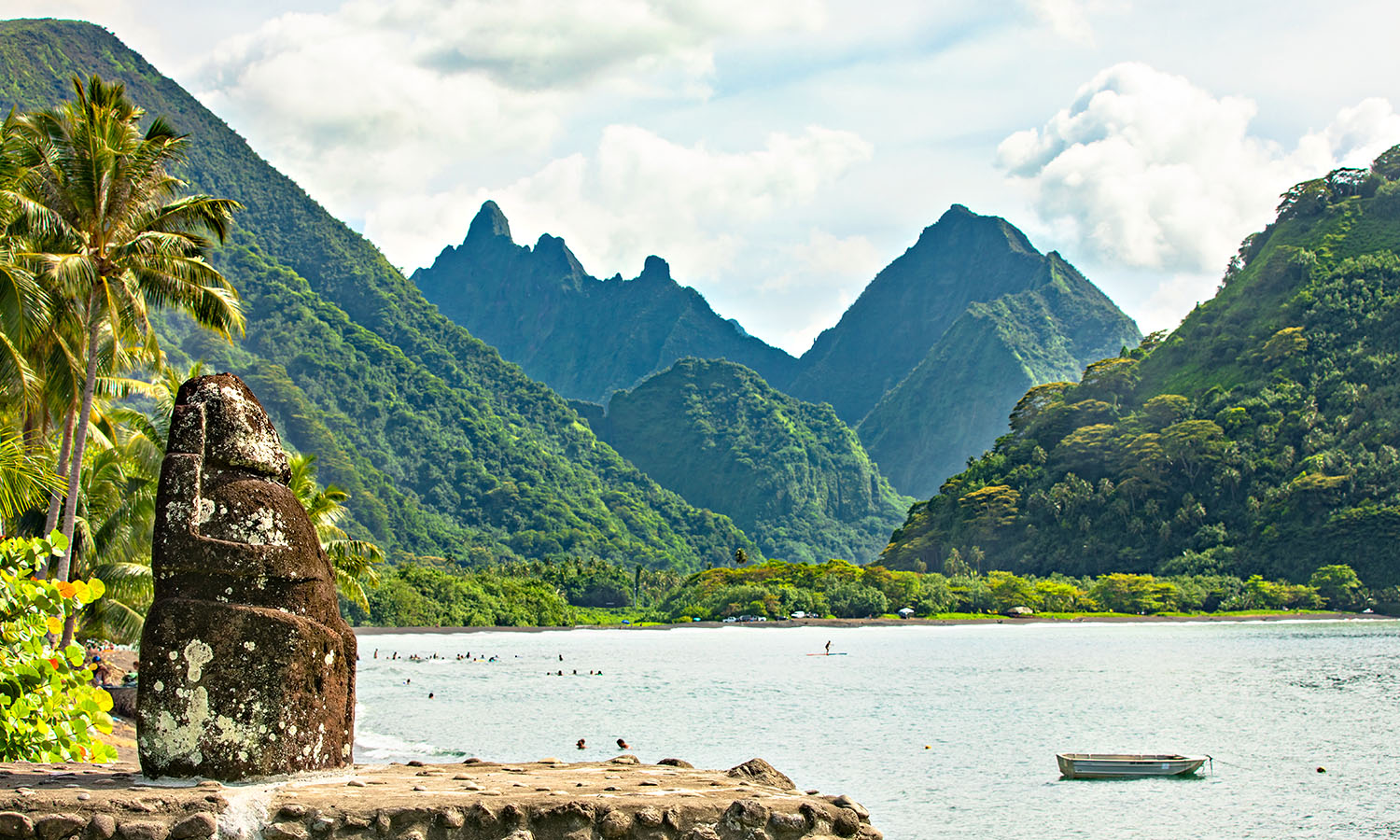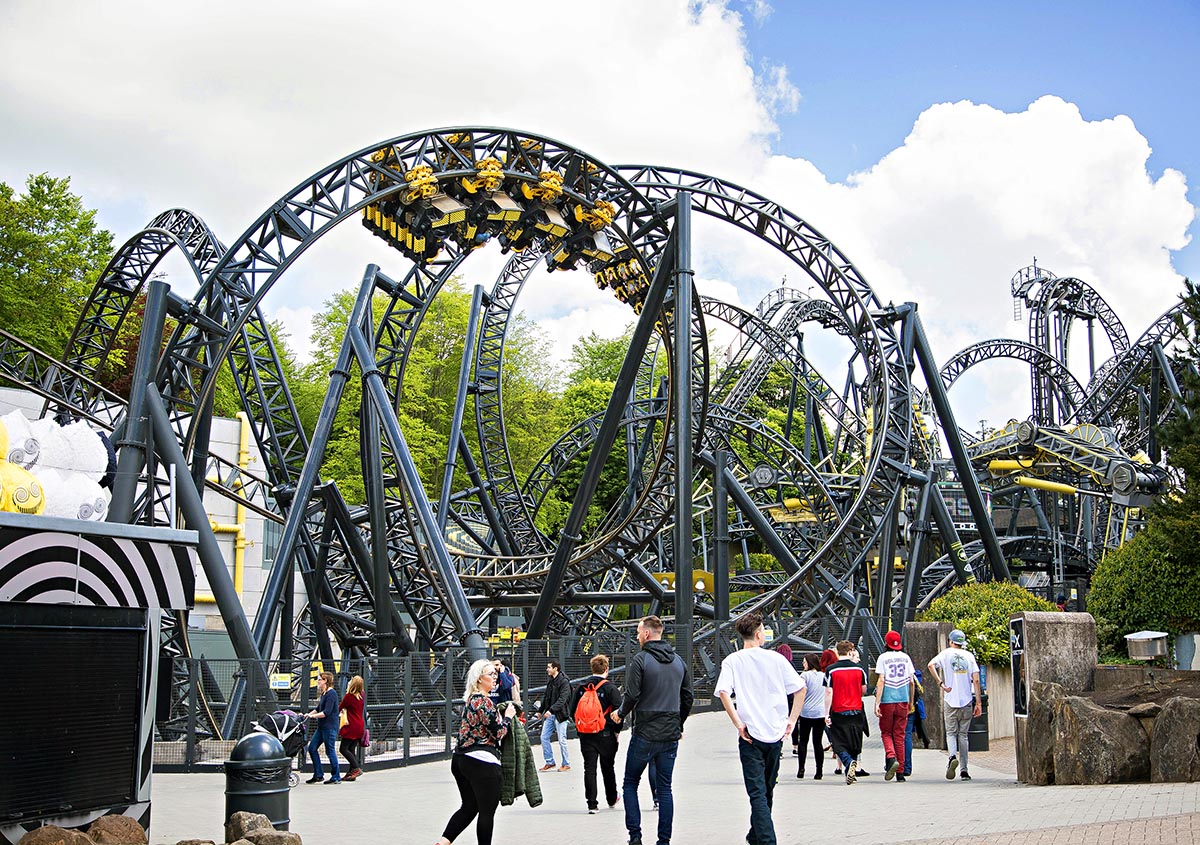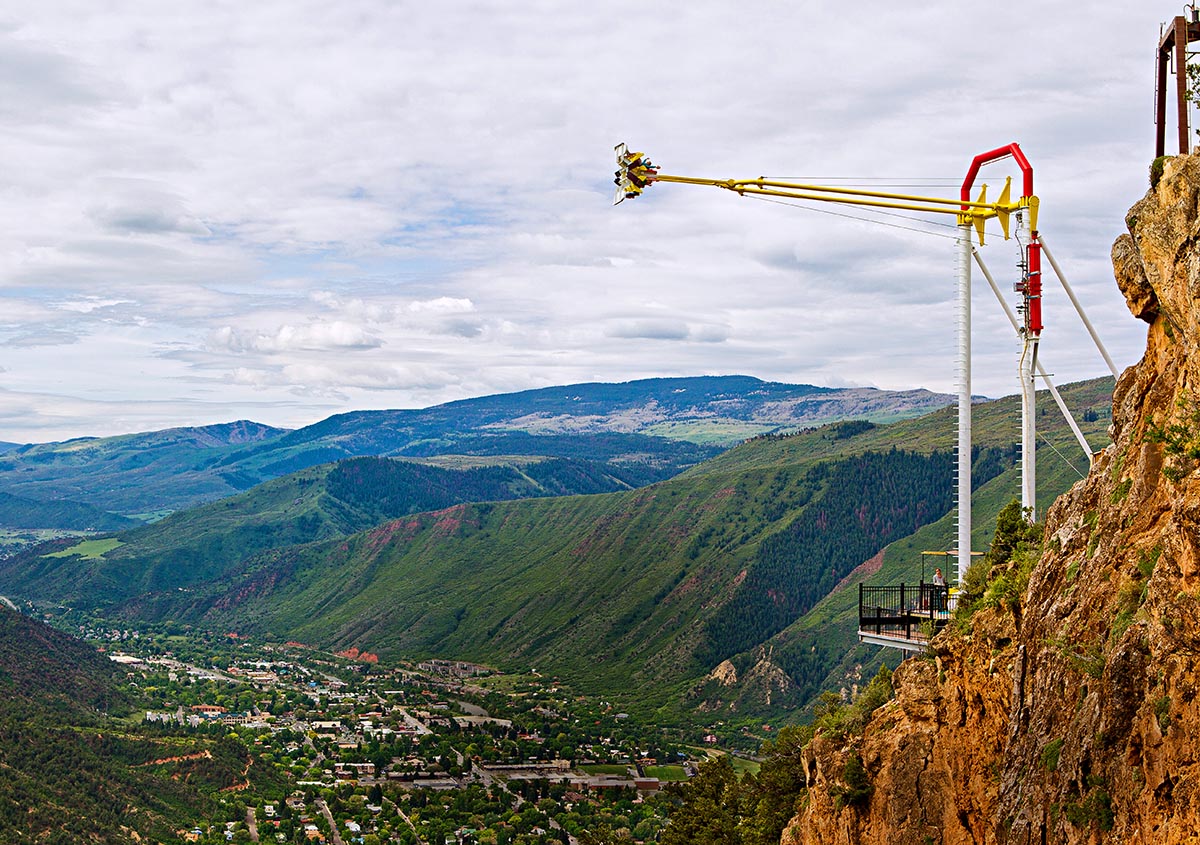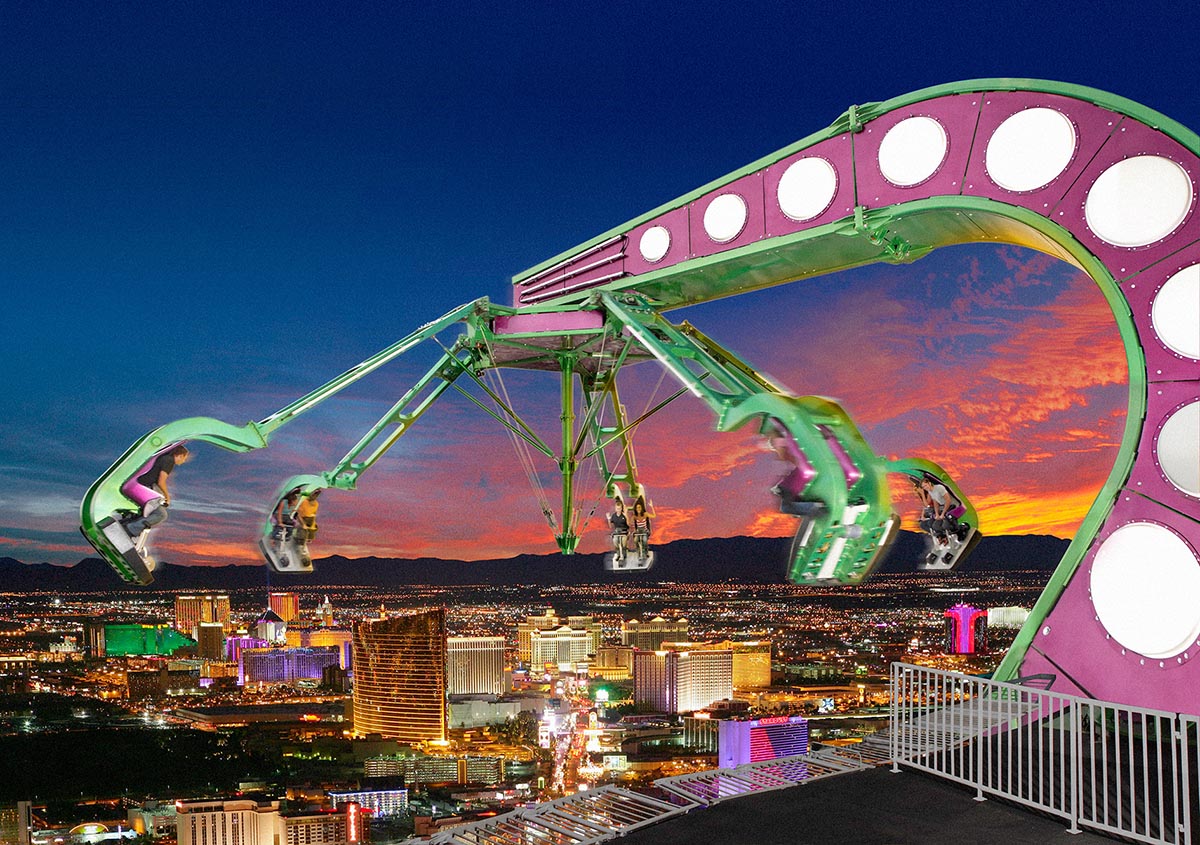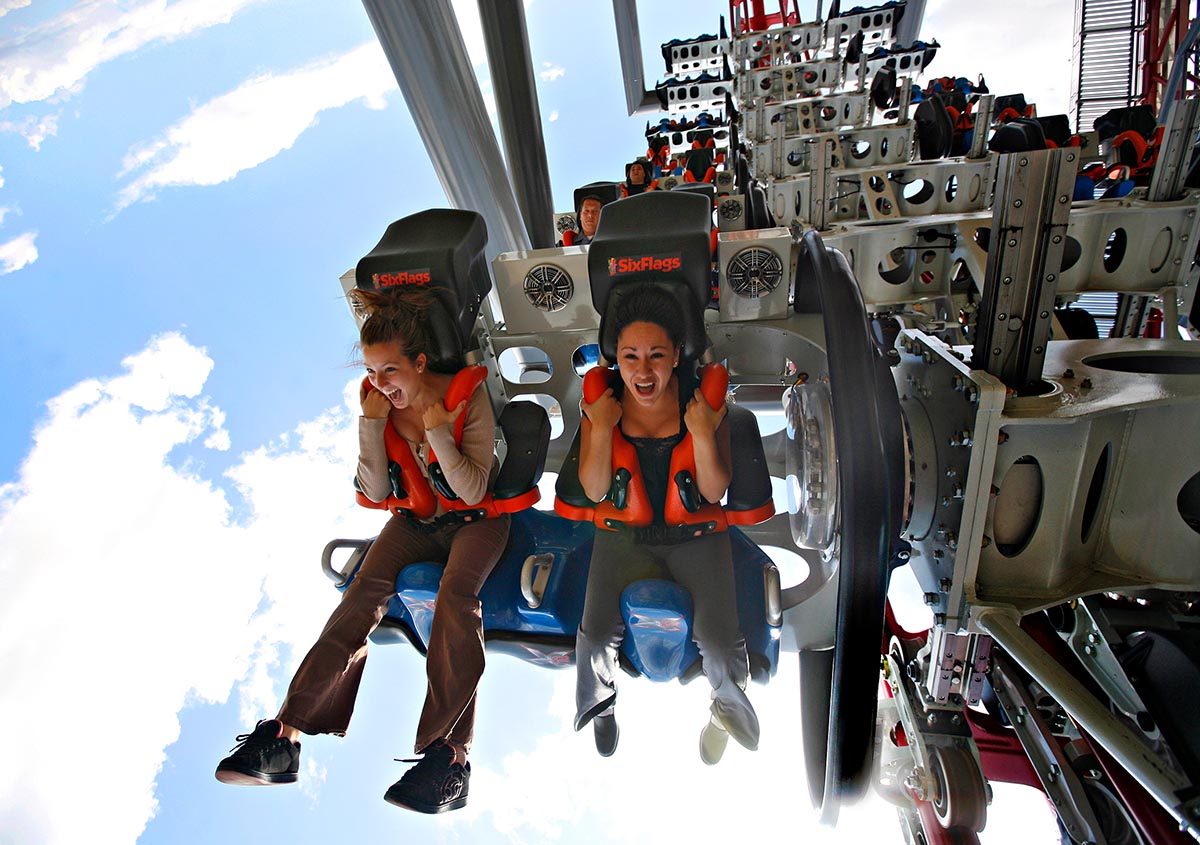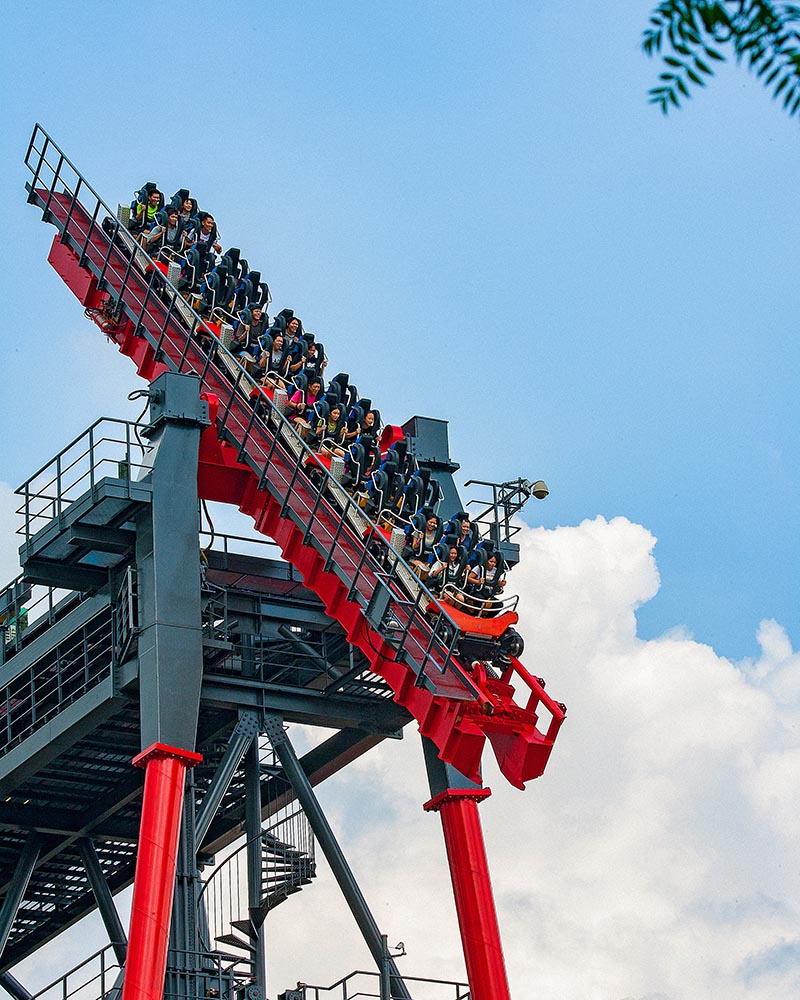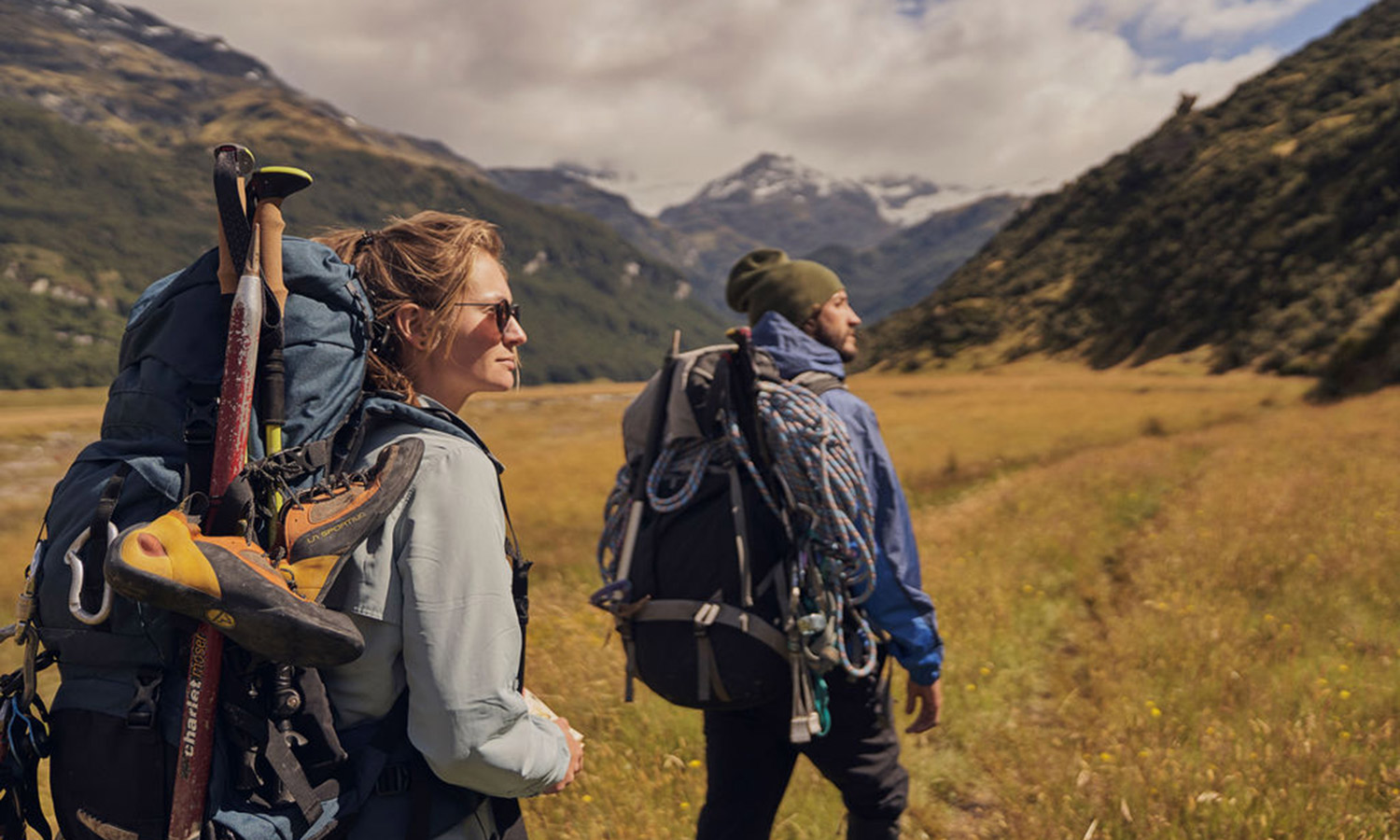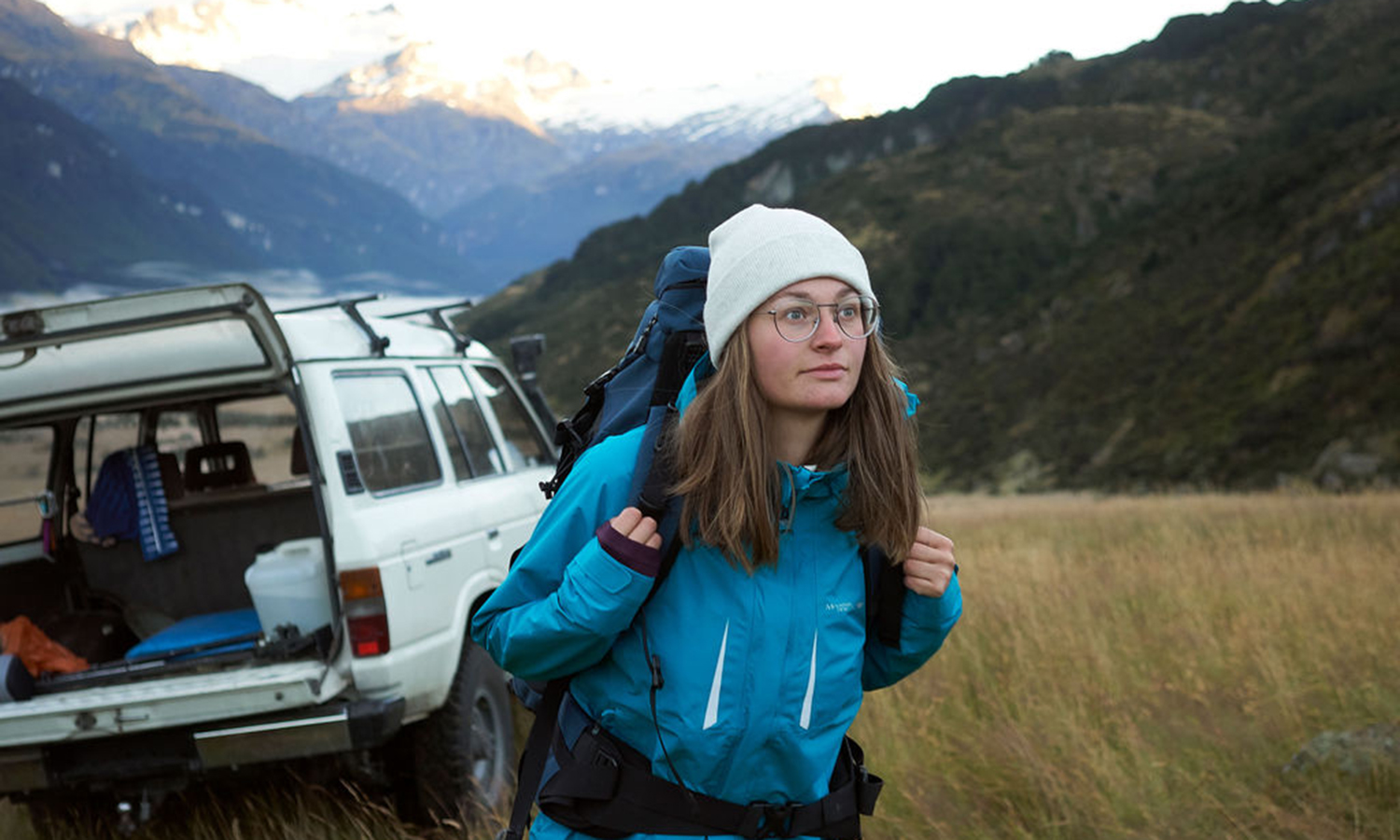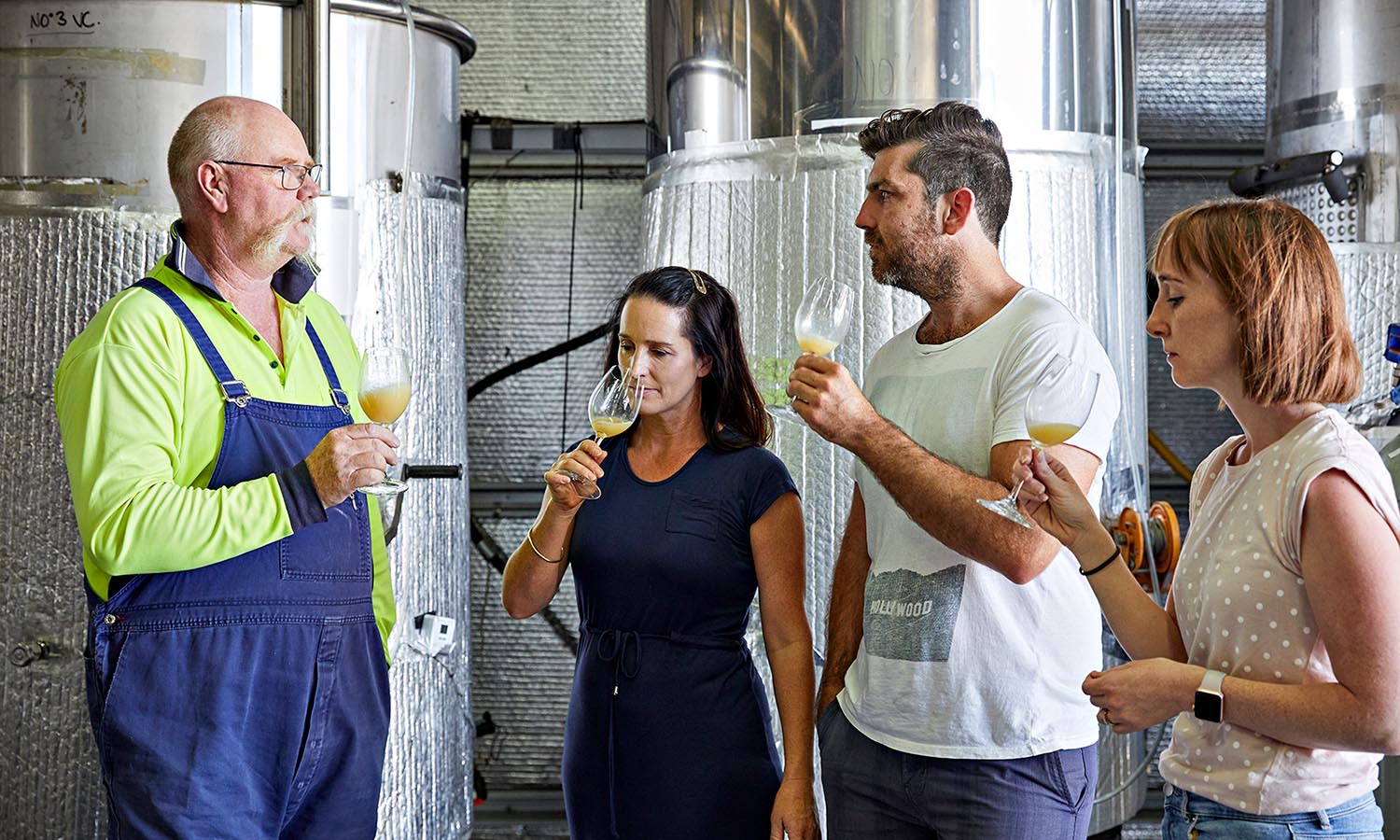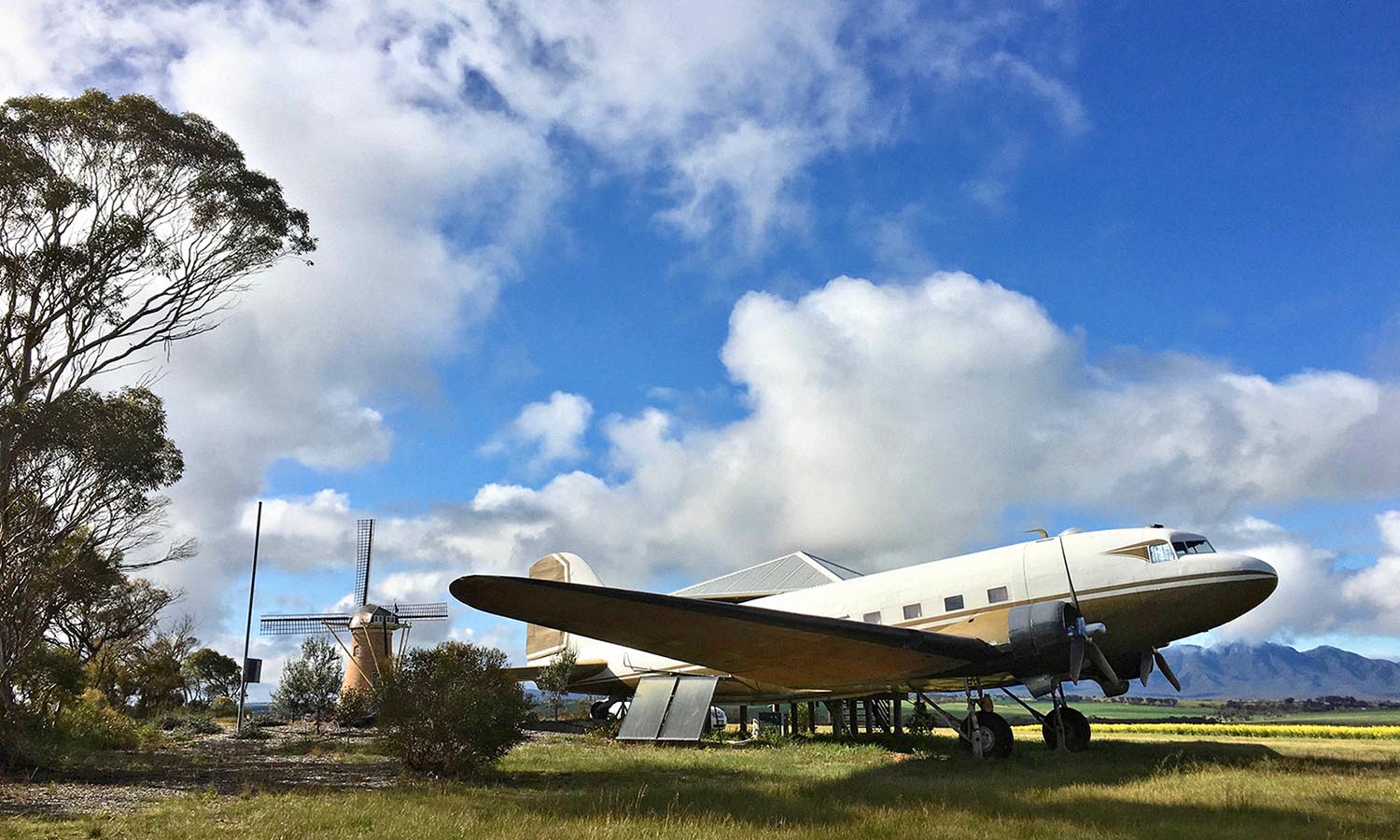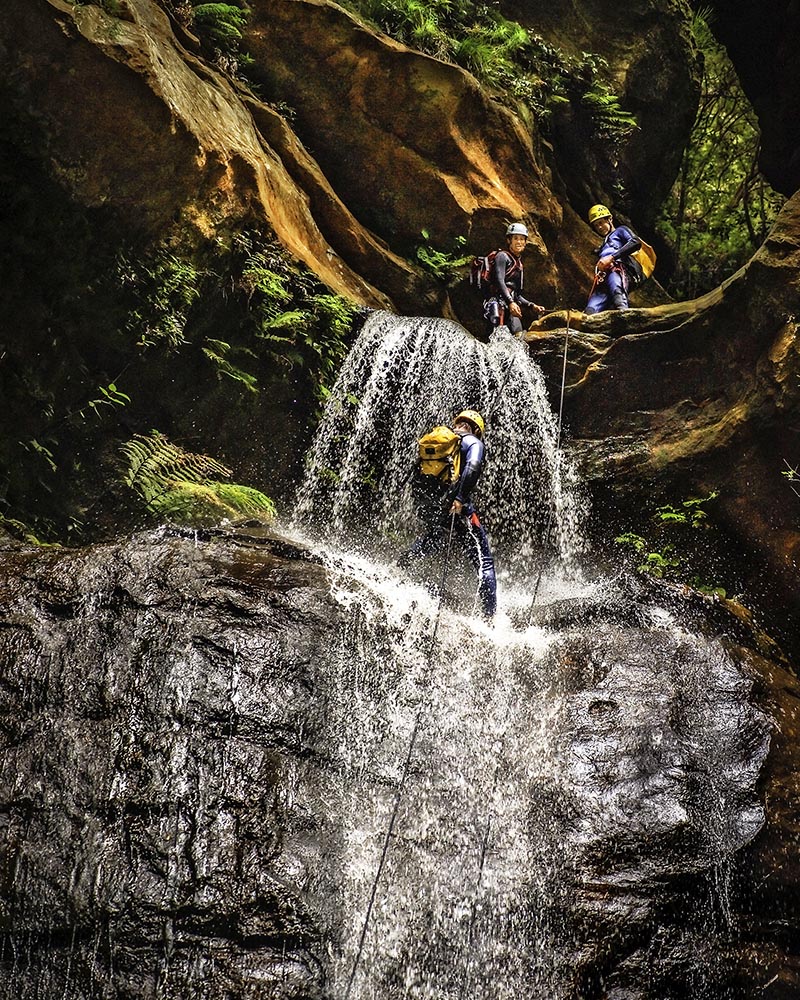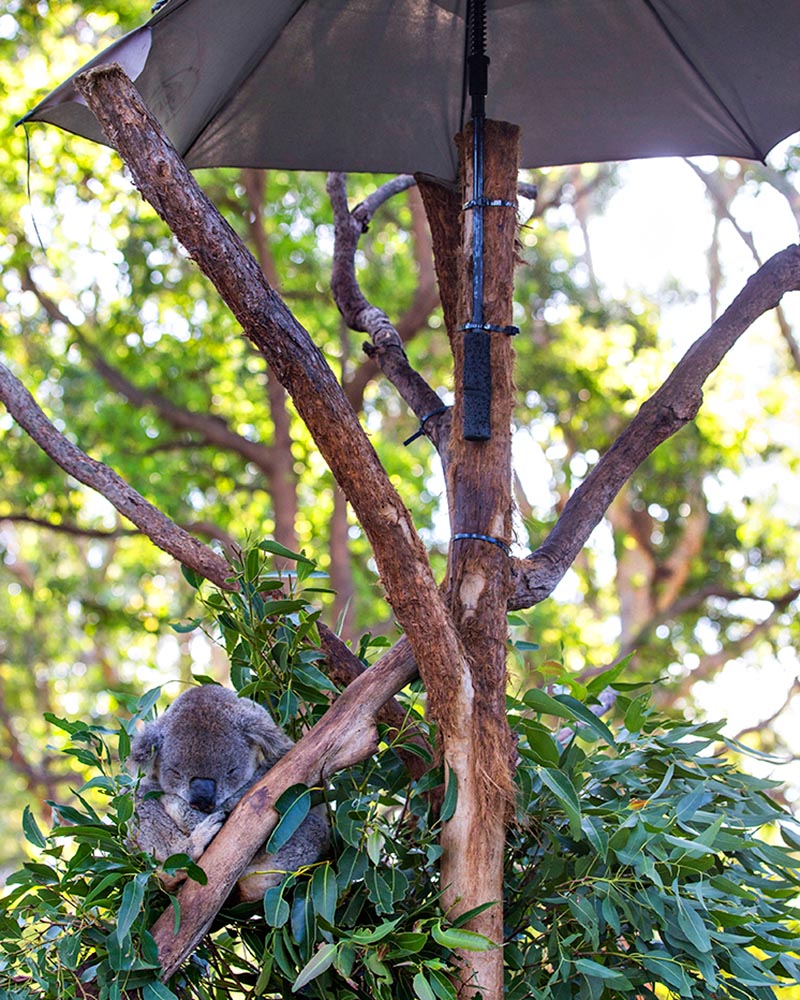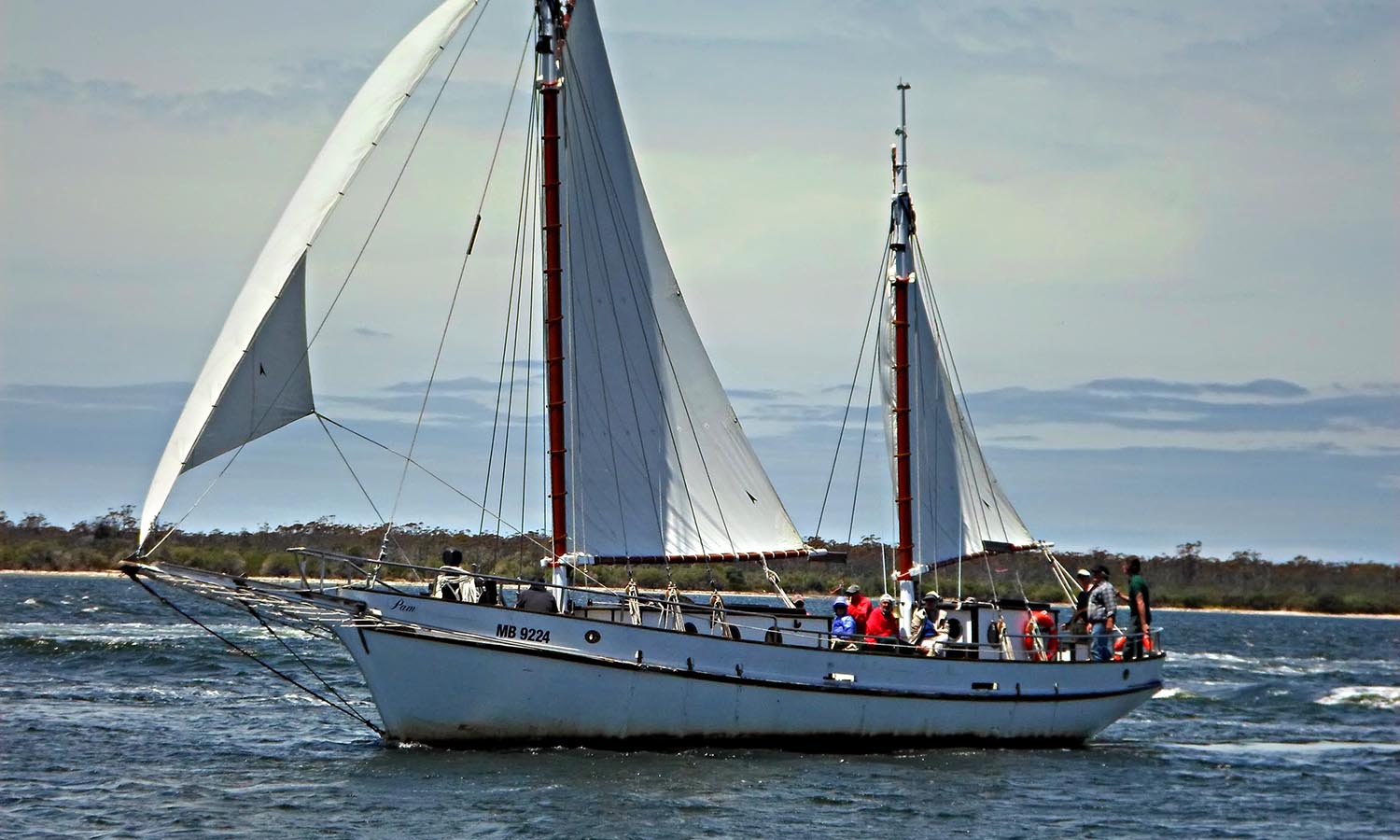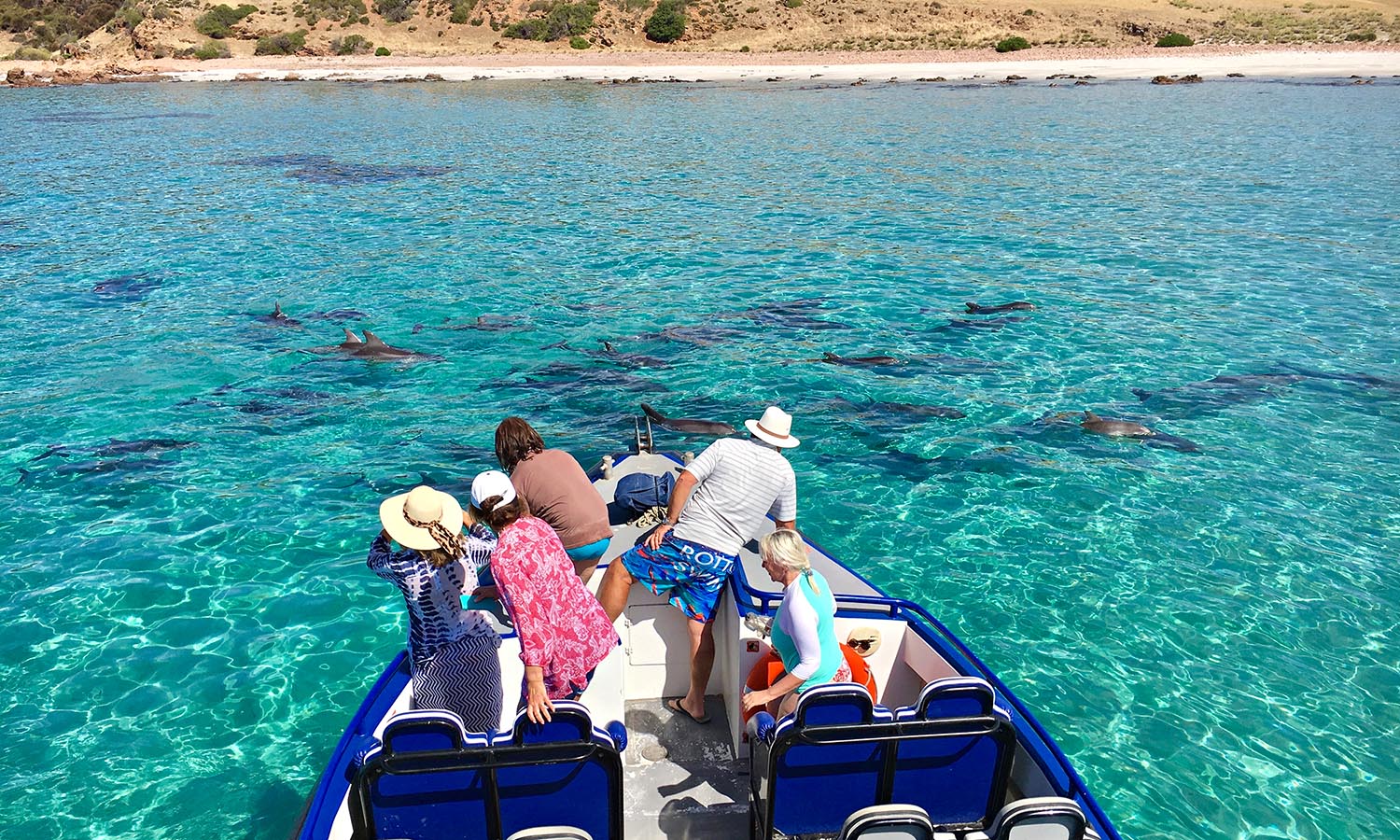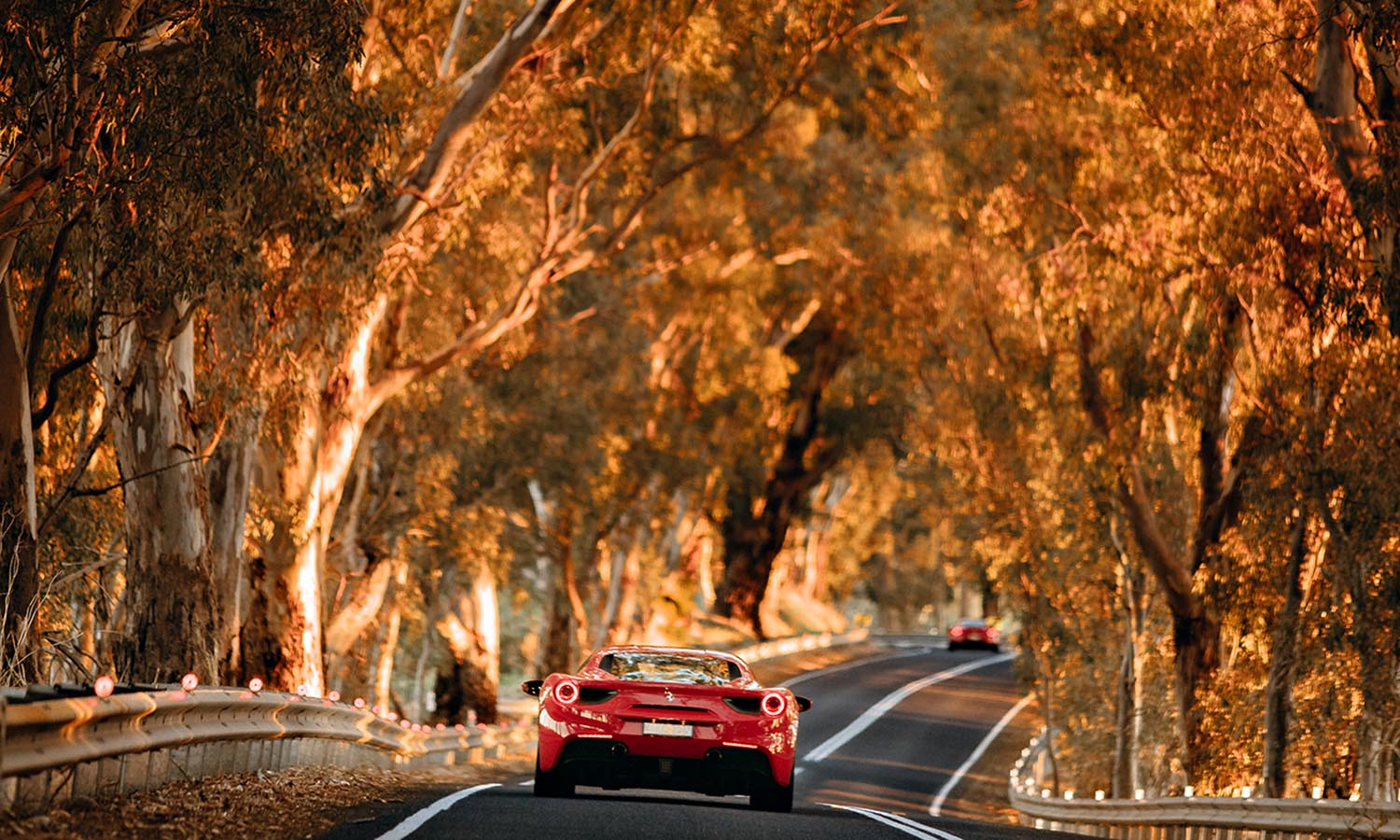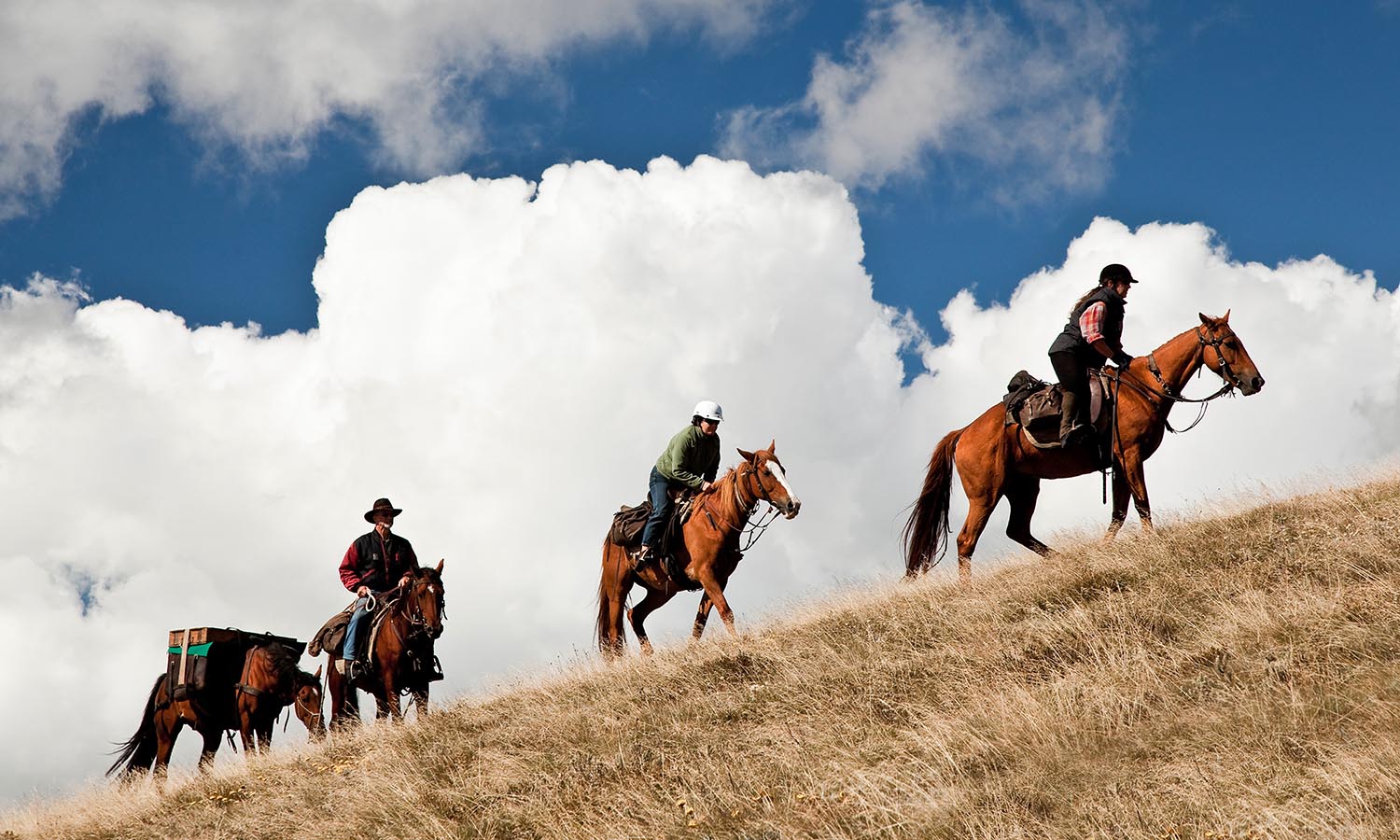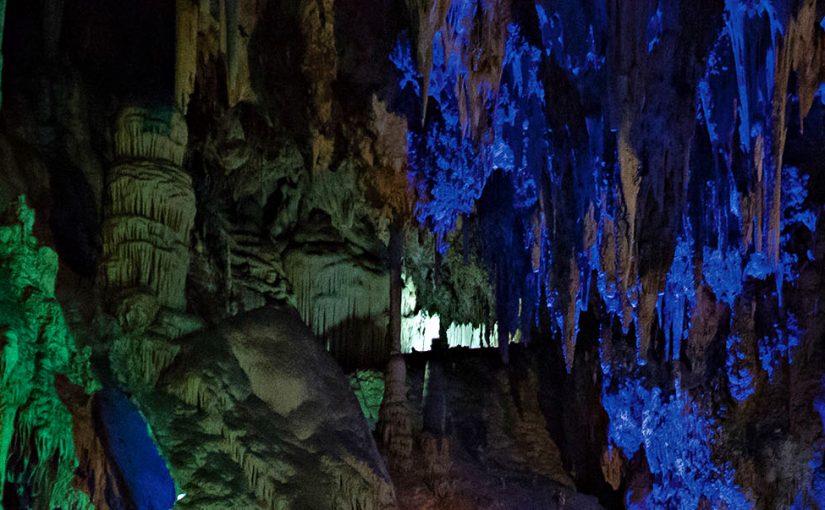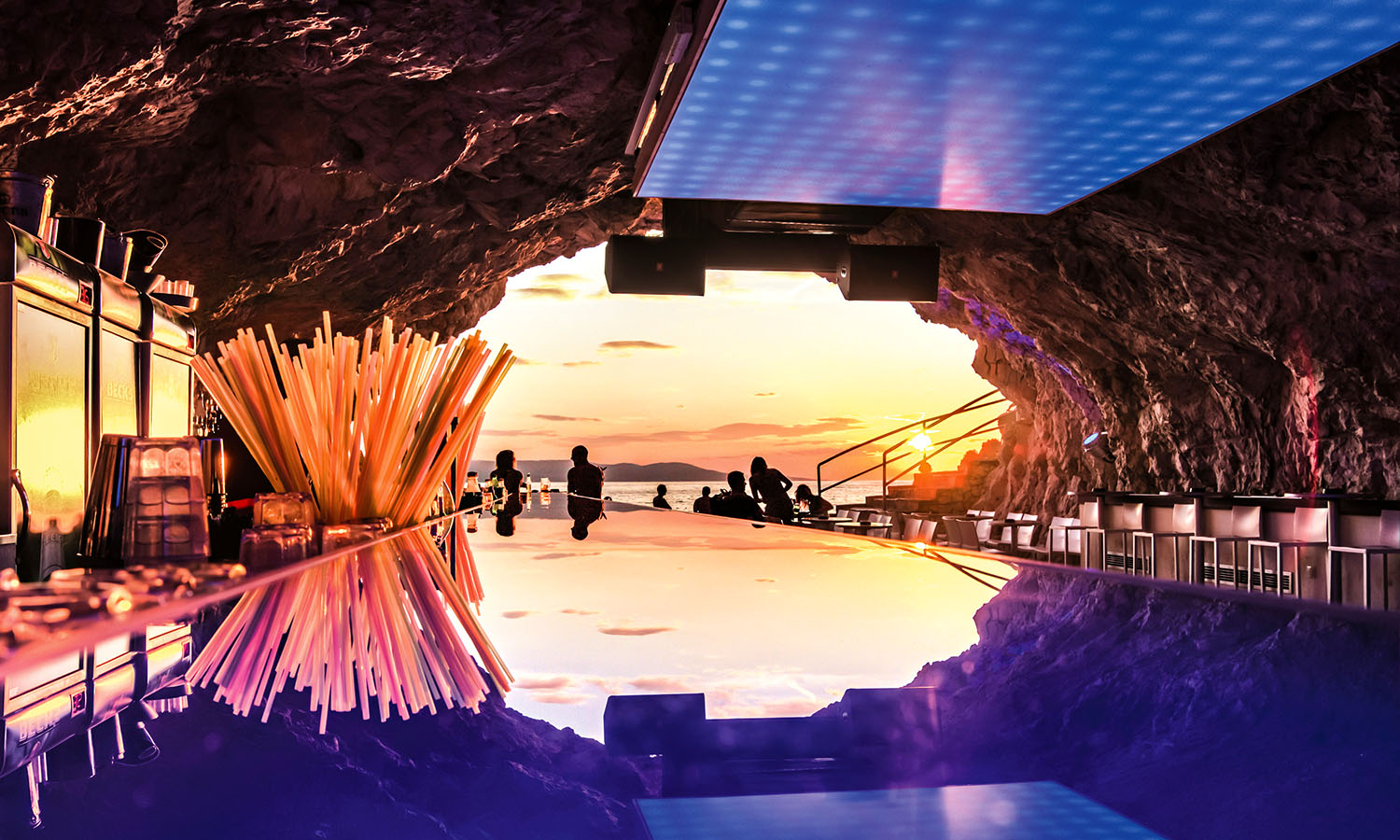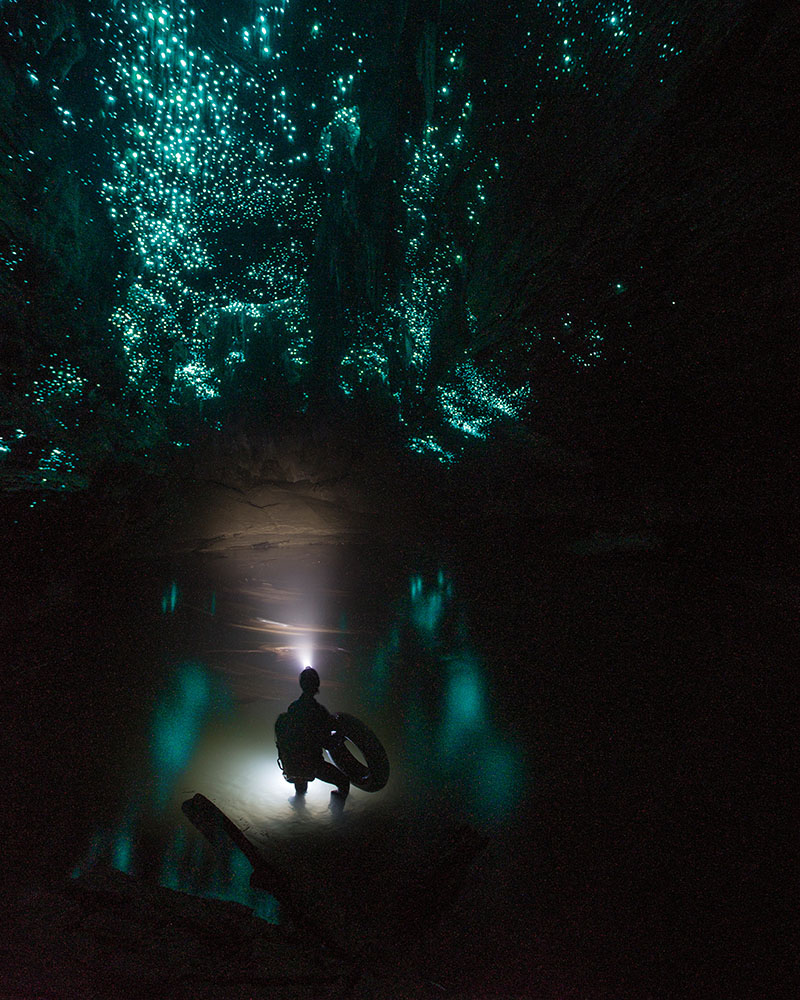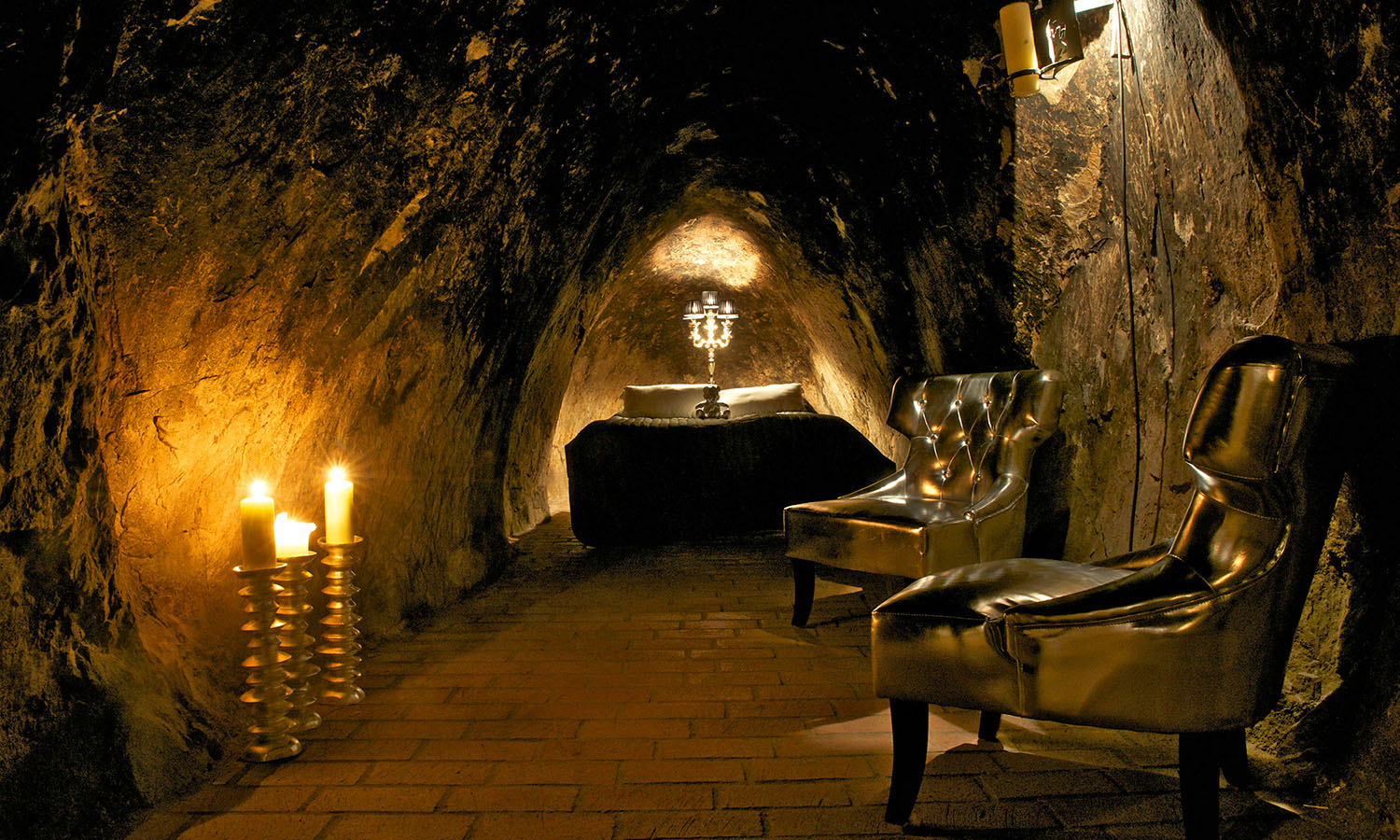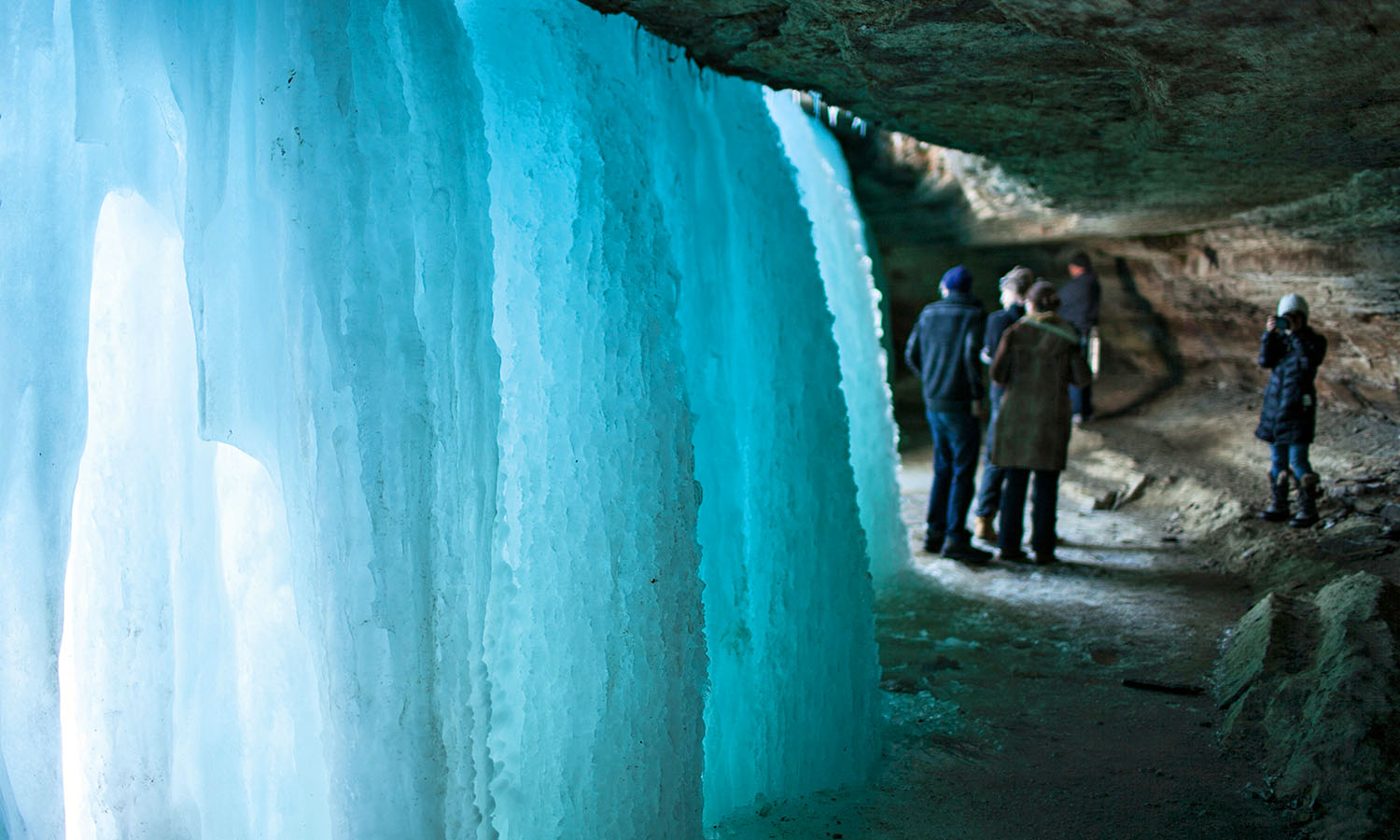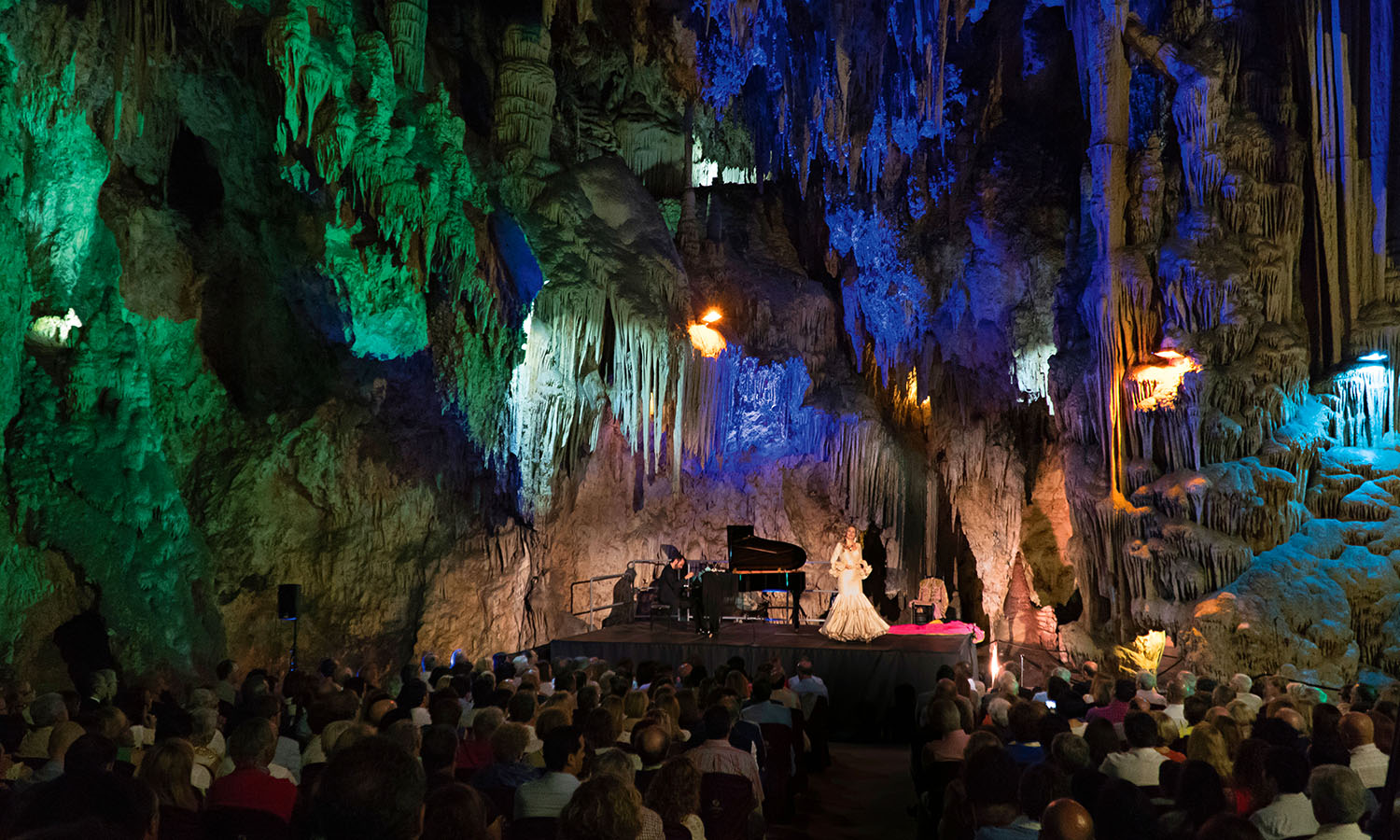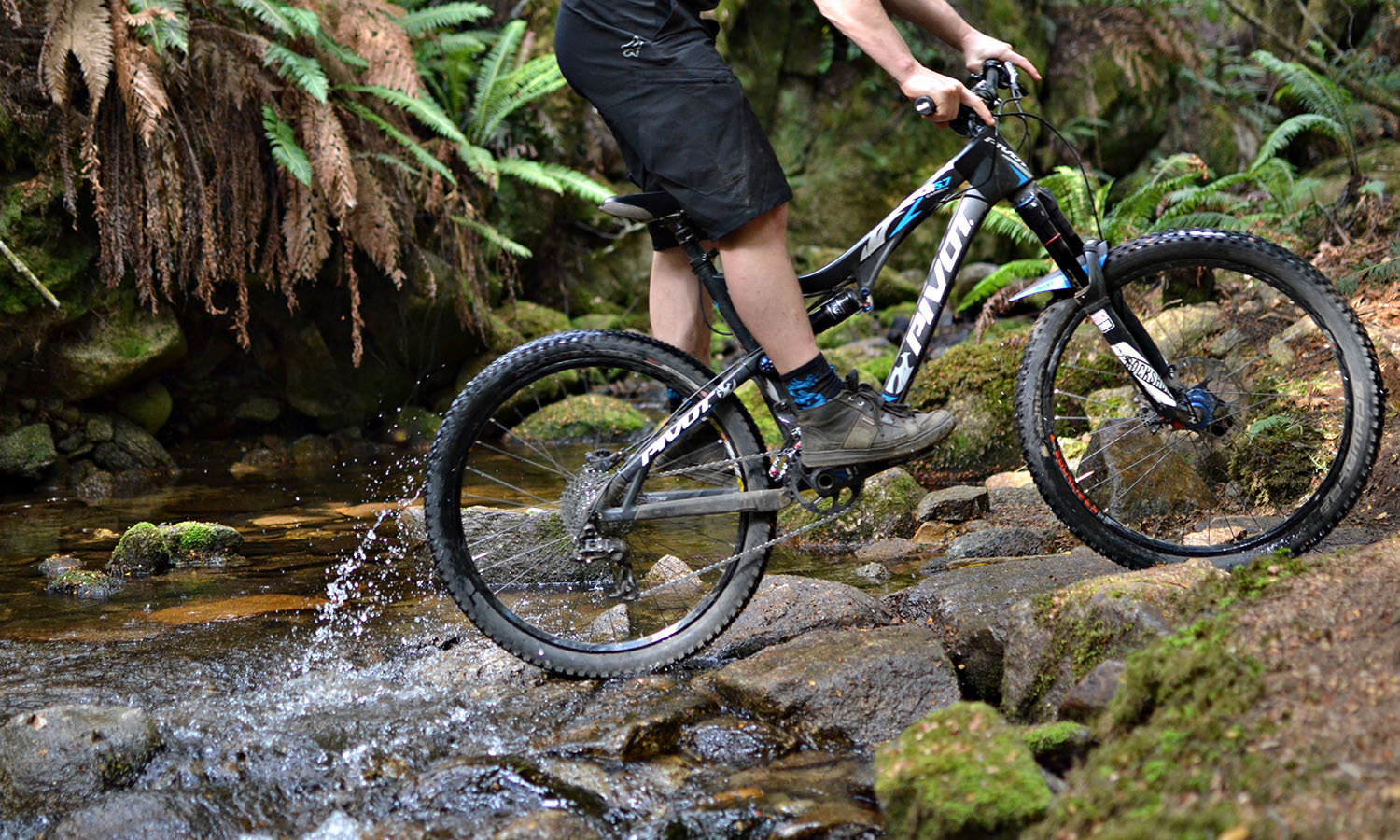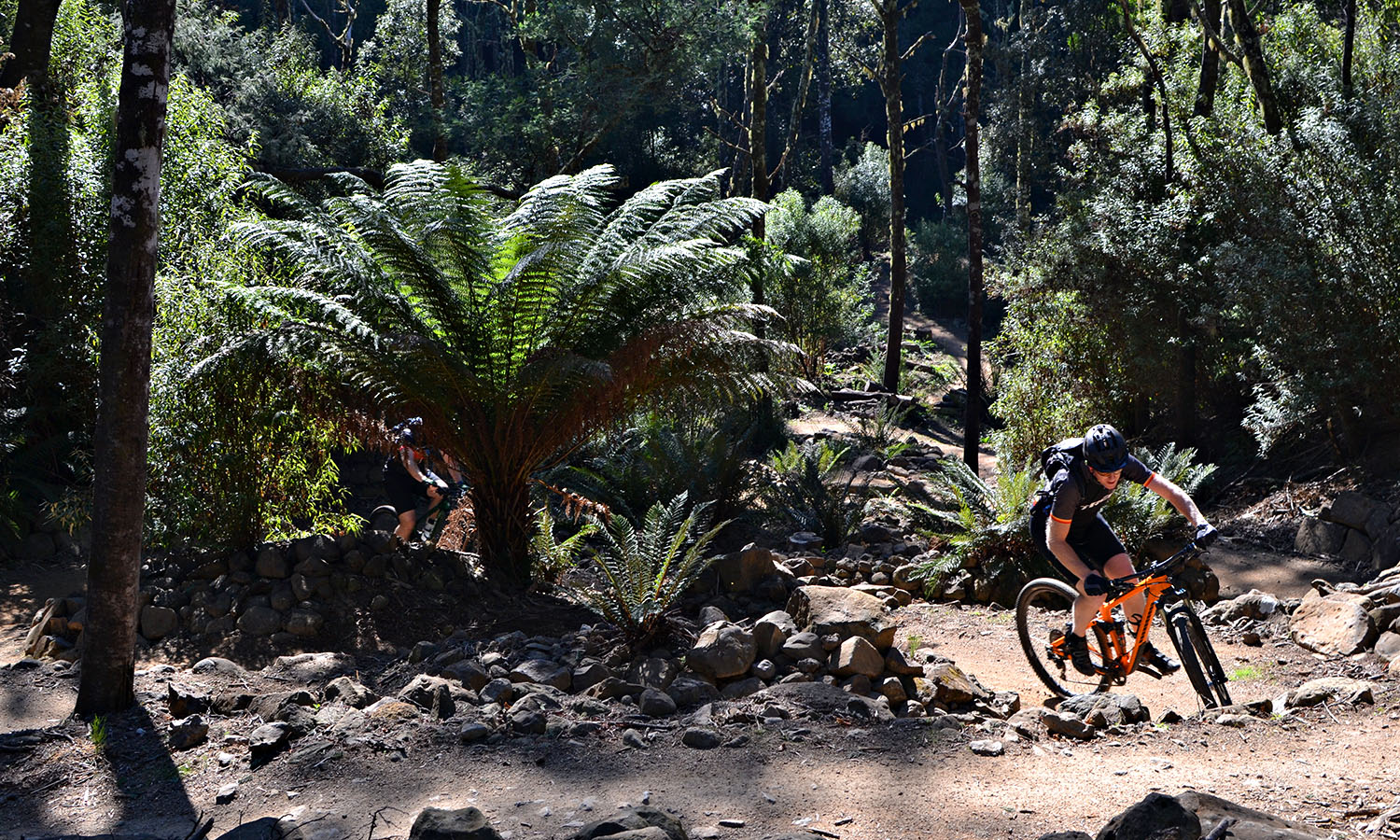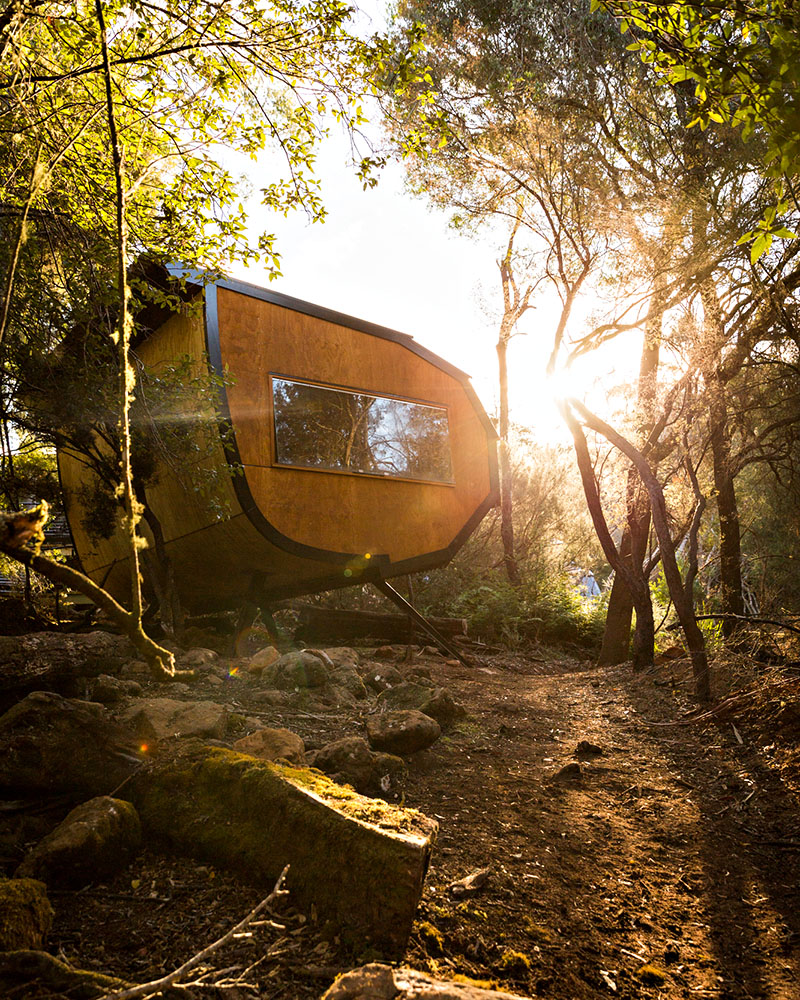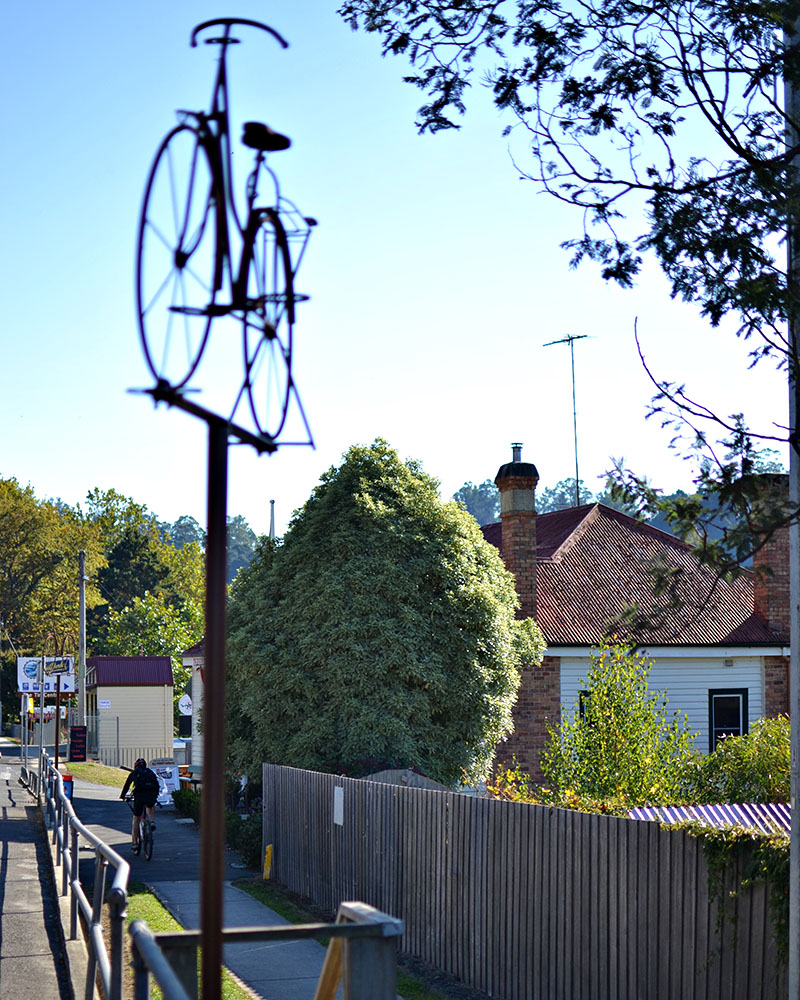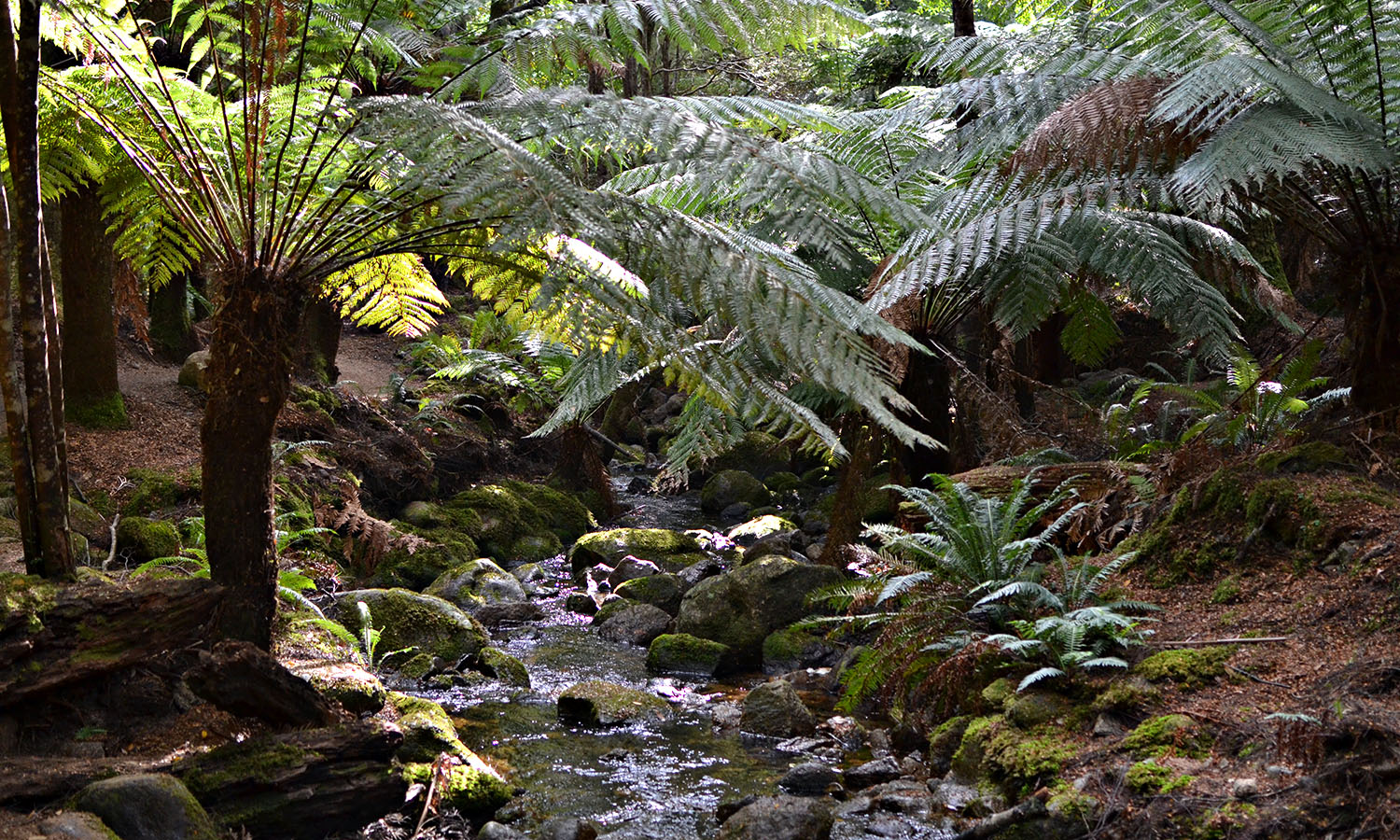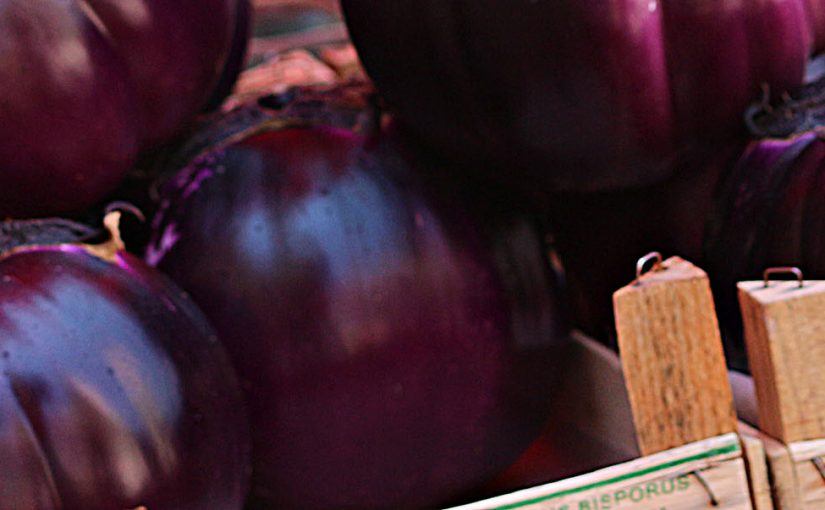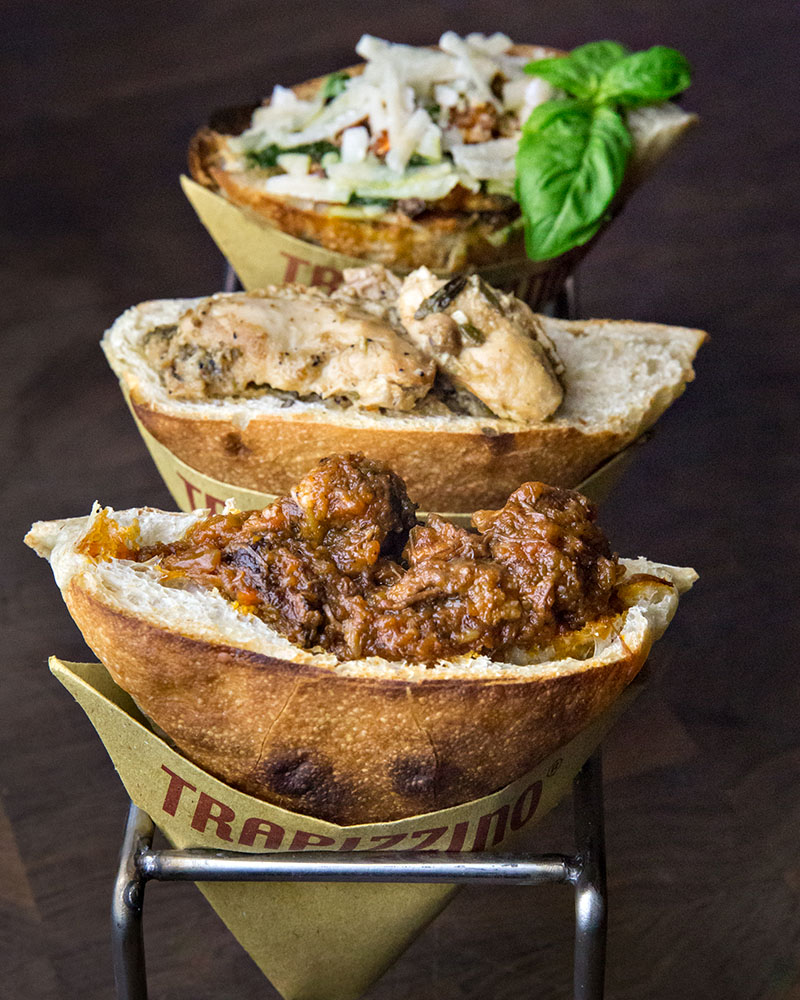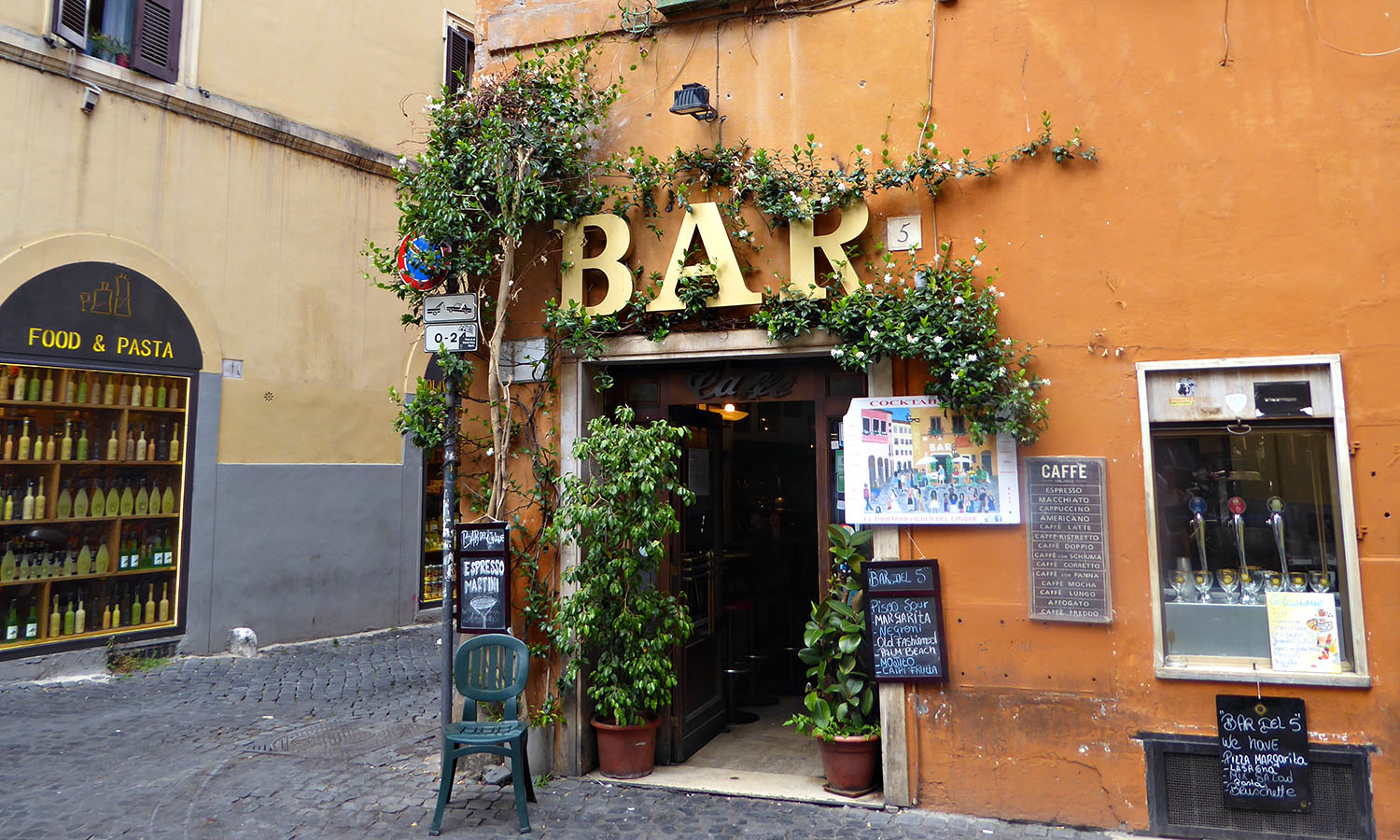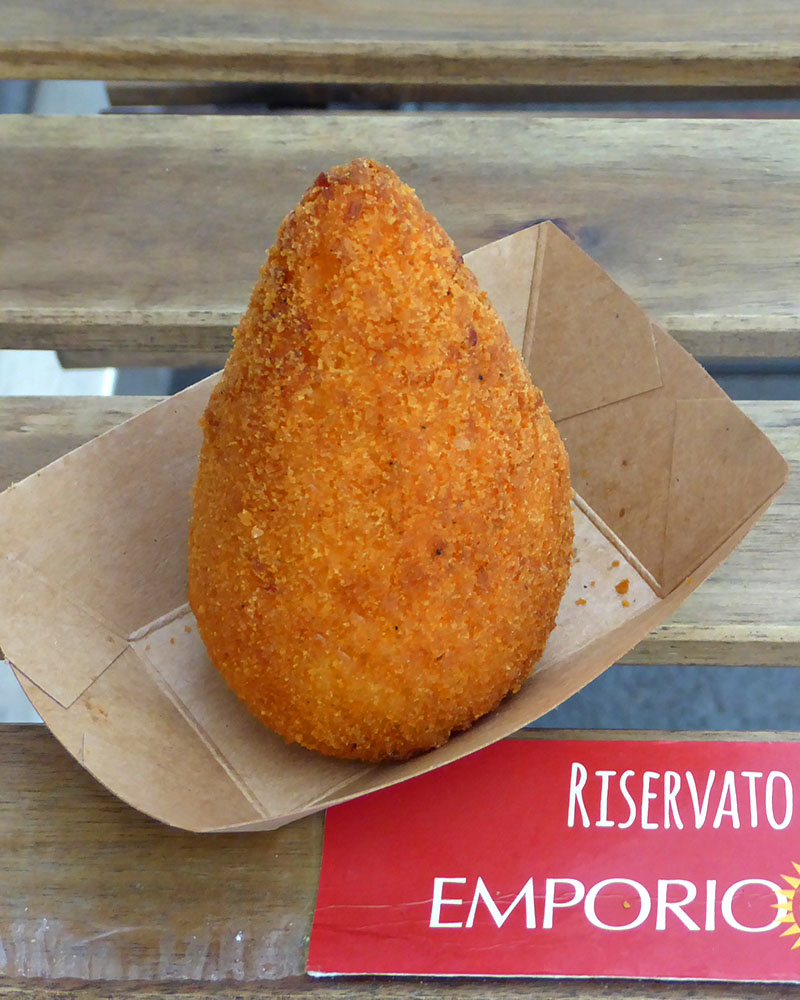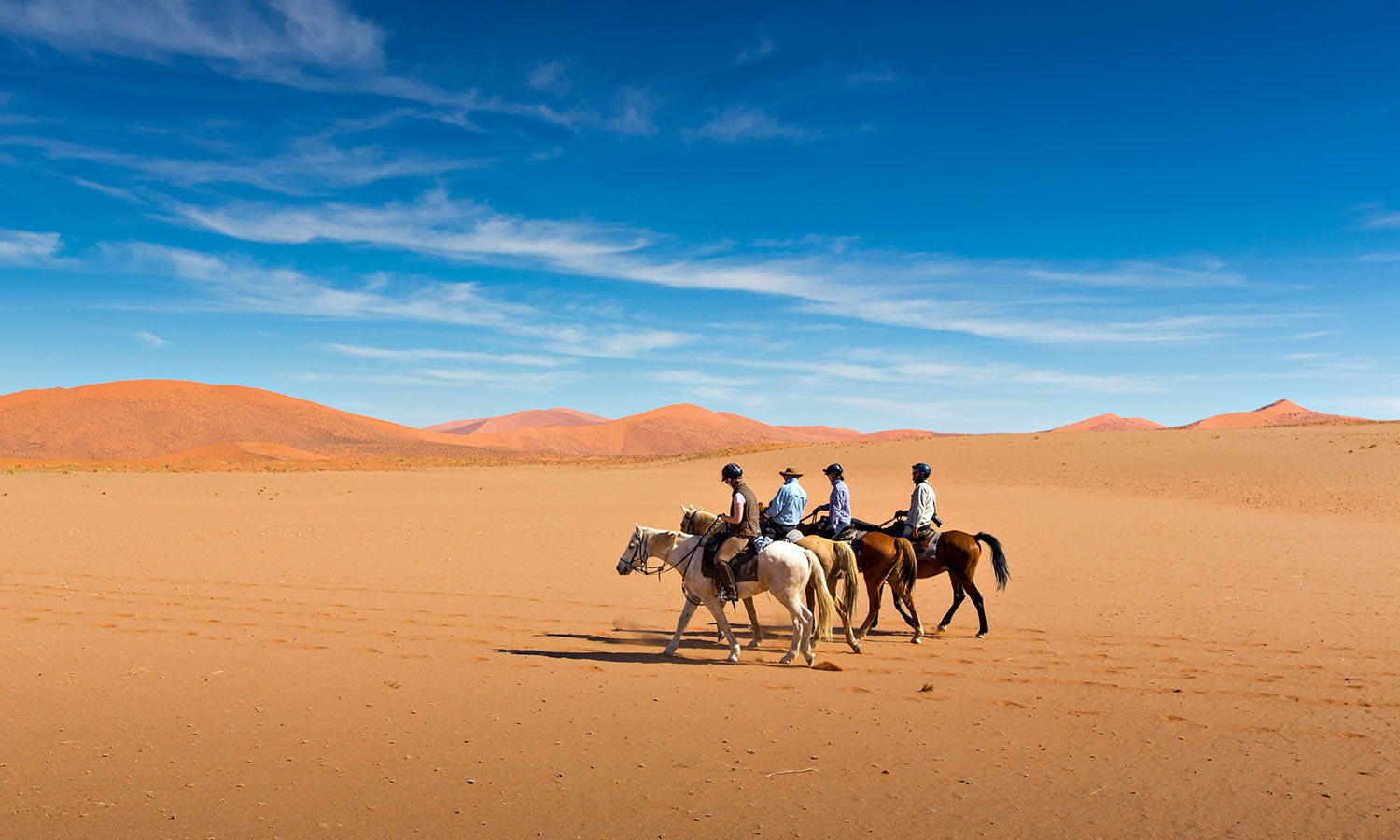

Namibia
Saddle up on this horseback adventure that traverses what might well be the world’s oldest desert, the Namib in Southern Africa. This 10-night crusade across challenging terrain requires four to eight hours of riding each day, so only experienced horsefolks need apply. Your route begins near the settlement of Solitaire, crosses the Naukluft Mountains then continues towards the Namib Desert. It can be rough going and, at times, you’ll need to dismount to cover tricky territory. Of course, none of that will matter once you’re galloping, wind whipping your hair, past a tower of giraffes or a herd of springboks. By the time you reach the dunes of coastal Swakopmund, you’ll have clocked in almost 300 kilometres of riding, camping under the stars in between. If you’re up to the demands, there’s little chance this horseback desert voyage will disappoint. In hindsight maybe even your glutes will thank you.
inthesaddle.com
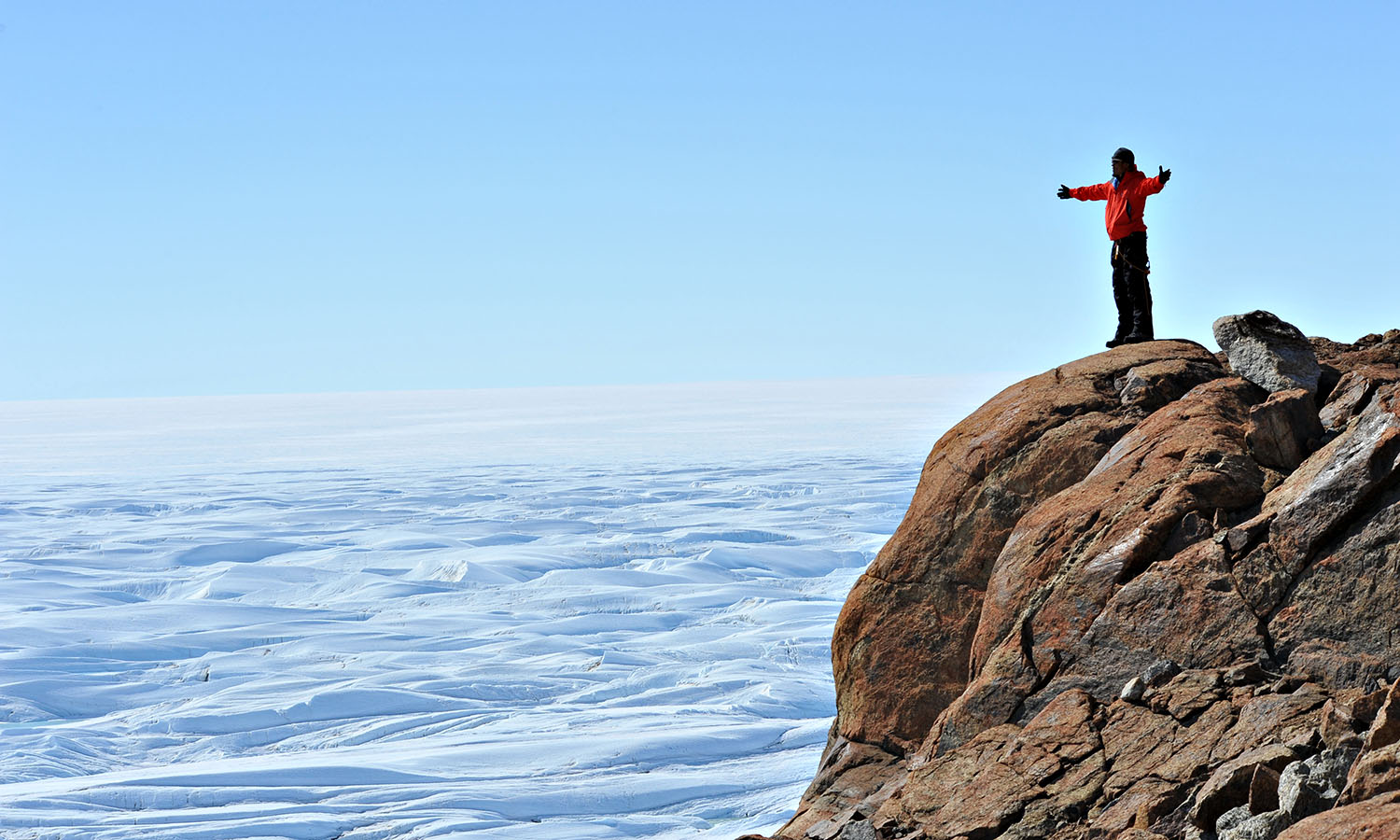

Antarctica
What do you get when you swap sand for snow and dunes for glaciers? A white desert. That’s right, deserts aren’t strictly characterised by hot, hostile conditions and sand as far as the eye can see. With an icy, largely uninhabitable landscape devoid of vegetation, Antarctica qualifies too. Which is why we couldn’t have a list of awesome yet desolate experiences and not include White Desert, a once-in-a-lifetime Antarctic journey. The voyage begins in Cape Town, where you board the private White Desert jet bound for the exclusive six-pod Whichaway Camp, your base for the duration of your stay in Antarctica. While the pods look more like a settlement on Mars than luxury lodgings, inside you’ll find plush throws, timber furnishings and rich textures. The expeditions, which range from a one-day, fly-in fly-out tour to an incredible eight-day trip, give you the opportunity to venture where very few humans get the chance to tread. We’re talking getting up close and personal with a 6,000-strong emperor penguin colony, wandering through glowing neon blue ice caves or travelling to the lowest point on earth, the South Pole.
white-desert.com
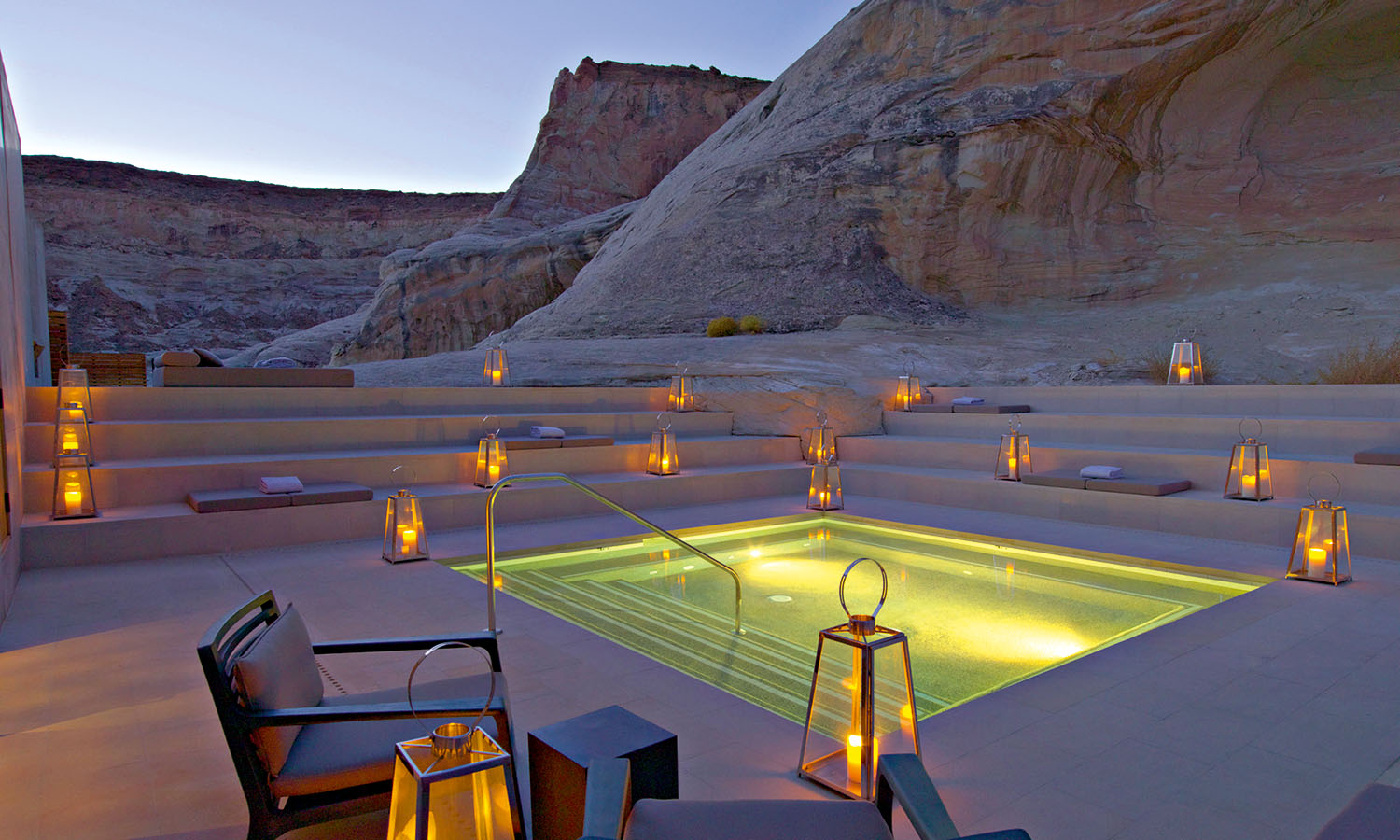

USA
Protected from the harsh elements of the Southern Utah desert by nothing more than a rocky, rugged escarpment, luxury hotel Amangiri appears like a too-beautiful-to-be-real mirage. Minimalist lines and neutral tones allow the luxe digs to blend into their age-wearied backdrop, while concrete walls, timber fittings and blackened steel elements serve to enhance the features of the natural surroundings. Private pools, courtyards or rooftop terraces adjoin each of the 34 suites, further ensuring the desert landscape remains the focal point for visitors. If you do manage to tear yourself away from the stunning vistas, adventure awaits in the form of dawn hot-air balloon rides, rock climbing and horseback riding. Navajo guides are also on hand to share stories, traditions and ritual dances. Amangiri’s open-plan kitchen, complete with floor-to-ceiling windows to maximise the ever-changing outlook, is the ideal dining location, the views matched only by the impeccable quality of the food. Your tummy will rumble at the sight of traditional southwestern dishes served with a modern twist. It may look like an mirage, but we’re sure glad this desert oasis is real.
aman.com
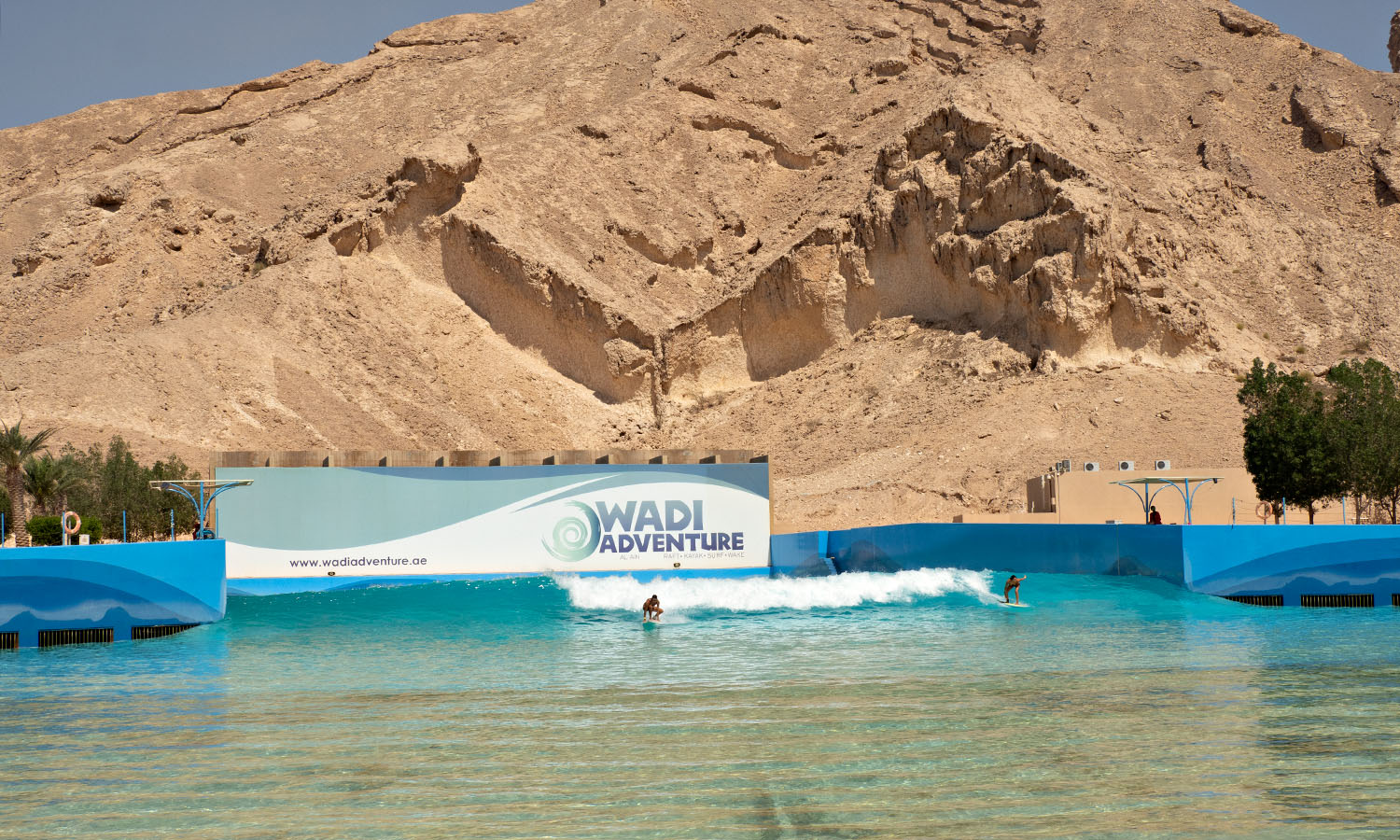

UAE
What’s the last thing you’d expect to see tucked away in the far-flung sand banks of the United Arab Emirates? We’re guessing you didn’t just say the world’s largest surf pool, but that’s exactly what you’ll find at Wadi Adventure, a world-class water-based adventure park on the outskirts of the palm-fringed city of Al Ain. At 150 metres in length, with a maximum depth of 2.4 metres and the capacity to generate three-metre-high waves every 90 seconds, this surf pool is one super impressive man-made accomplishment. Considering Kelly Slater, a legend of the surfing industry, has taken to the Wadi Adventure waves, you know this place is legit. While the chance to hang 10 in the middle of the desert is as good as any reason to visit, Wadi Adventure is also home to the world’s longest man-made white-water channels. The complex has hosted the Middle East’s World Rafting Championships and serves as an elite training ground for the UAE National Rafting team as well as other kayaking professionals. Forget the water slides and kiddie pools of Wet’n’Wild, this is one seriously soaked experience in the desert.
wadiadventure.ae
USA
It’s hard to believe the biggest thrills in Las Vegas happen about 30 minutes from the famous Strip. And, no, we’re not talking about a hedonistic pool party or an all-night club. This is dirty, dusty and easily the biggest injection of adrenaline you’ll have in years. Strap yourself into a dune buggy and hit the bumpy tracks of the Mojave Desert with the guys from Vegas Off Road Tours. This is definitely no ‘stay in line and follow at slow speed’ experience. Far from it, actually. An instructor in full denim overalls and looking a bit like Jeff Lebowski offers up a few instructions before thrill-seekers hit the accelerator: “Don’t go too hard on the corners. Some dude died out here last week. Not with us… But watch your turns. Oh, and keep up.” With that he’ll shoot through in a cloud of Mojave dust. During the following two hours of insanity there are times when you’ll be sure all four wheels leave the ground, as well as moments when you – whether you’re driving or reluctantly filling the passenger seat – will find yourself screaming from a combination of fear and exhilaration. The trip ends with local craft beers and a barbecue lunch at the Pioneer Hotel. Viva Las Vegas indeed!
vegasoffroadtours.com
 (
(
